 Abraham Lincoln
If given the truth, the people can be depended upon to meet any national crisis...
Abraham Lincoln
If given the truth, the people can be depended upon to meet any national crisis...
 Guildford news...
for Guildford people, brought to you by Guildford reporters - Guildford's own news service
Guildford news...
for Guildford people, brought to you by Guildford reporters - Guildford's own news service
Birdwatcher’s Diary No.285
Published on: 15 Aug, 2023
Updated on: 17 Aug, 2023
By Malcolm Fincham
By the first weeks of August there were already signs that the tide of summer was on the turn. And within the avian world they were becoming increasingly evident.
By the last days of July local blackbirds had stopped singing their melodious fluty song from the rooftops, as we turned another page in our calenders. Not to be heard again until the coming new year.
The local swift population had already dispersed from the skies around Stoughton, having completed another summer’s breeding schedule, now seeing just a few passing through from more northerly breeding grounds.
Weather conditions continued to remain unsettled during the first week of August, limiting my time to get out and about. After another day of rainfall on August 2, the following day I decided to visit the Riverside Nature Reserve, near Burpham.
Surprisingly, after the previous day’s precipitation, the warmth of the sun had helped bring a few butterflies back out on the wing. In the meadow, just to the south of Stoke Lake, several brown argus butterflies could be found.
It also gave me an opportunity to photo a few green-veined whites, seen in flight along with a few small and large white butterflies on display.
Holly blue butterflies were still about, still quite abundant locally, but now coming to the end of their second brood.
Although having just the one brood officially, meadow browns continued to be present. These are the most abundant species around most parts of the British Isles, and often still viewed, locally into the later weeks of September.
This, compared with the shorter season of the similar but smaller and more colourful gatekeepers, still present.
Although I have never been an attraction to ticks during my many years of walking in grasslands, I always remain aware of their possible presence.
There were, indeed, lots of ‘jumpy’ things about my feet, but none were fortunately taking a shine to my legs. A majority of which were grasshoppers.
Although also adding a dark-bush cricket to my day’s photos.
Looking up, at one point I even found myself face to face with a stag roe deer.
While by the water’s edge at Stoke Lake a blue-tailed damselfly caught my attention for a photograph.
Probably my best bird sighting of the afternoon were two hobbies in flight, viewed across the meadow from Stoke Lock,. One, an adult, appearing to be carrying prey, while the second, a very vocal juvenile, in pursuit.
On a walk along the track leading from the Slyfield recycling centre, it was of great delight to here and see my first robin, now back in song having fallen silent after their post-breeding moult.
While a young song thrush allowed me a good photo opportunity as it perched on a grassy bank beside the footpath.
Further down the lane, several flocks, in excess of 50, starlings, both young and adult, had descended on the brambles beside the trail to feed on ripening blackberries.
Suddenly, in flight, they took flight, spooked as several had alerted the group that a sparrowhawk was on the prowl. On this occasion the sparrowhawk had been outwitted, unable to pick-off a less vigilant victim.
Among the gulls circling over the recycling centre, an adult red kite continued its presence. Now starting to lose a few of its feathers as it began its summer moult.
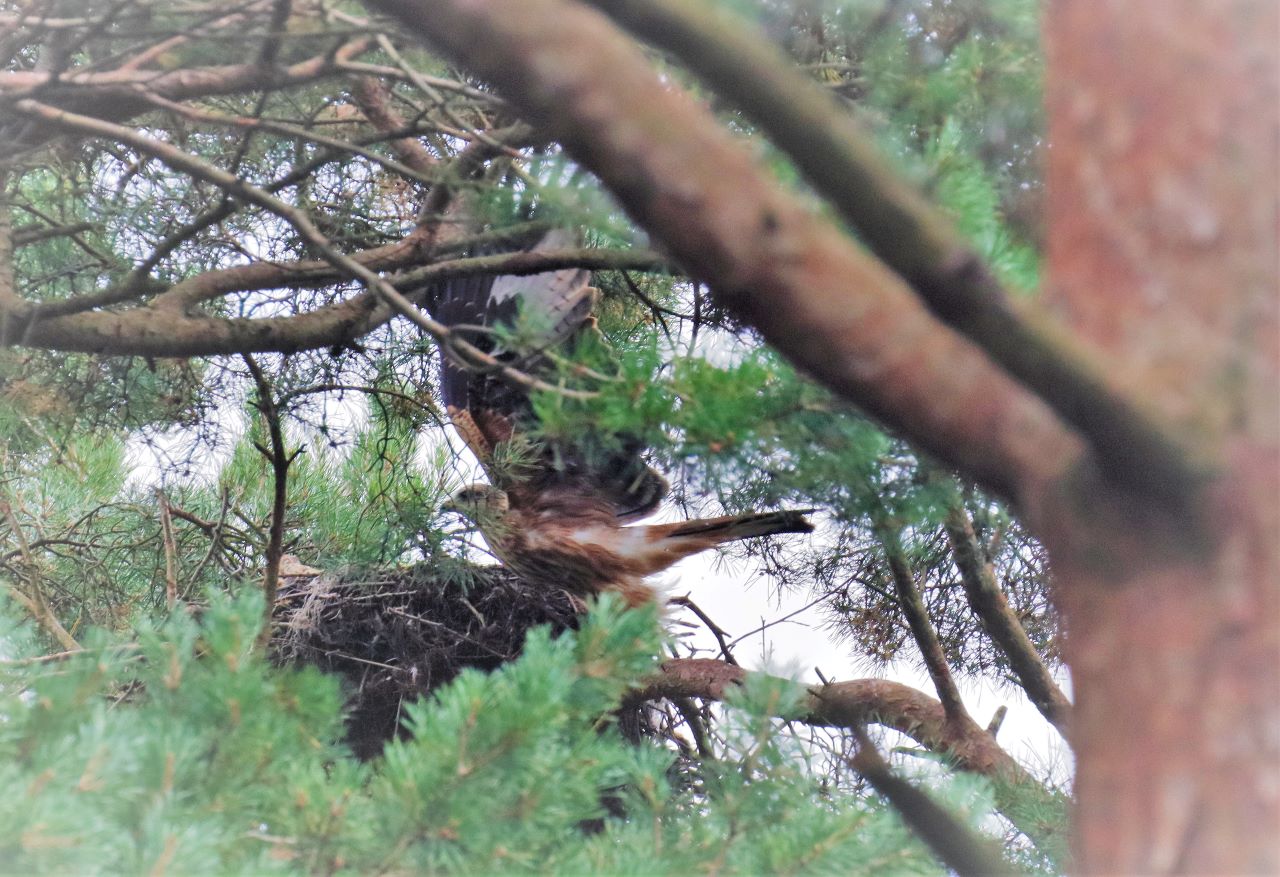 Elsewhere, a red kite fledgling had just learned to fly for the first time. With a few flaps and glides it was now growing in confidence, but still returning to the nest.
Elsewhere, a red kite fledgling had just learned to fly for the first time. With a few flaps and glides it was now growing in confidence, but still returning to the nest.
Looking into the world of insects can become somewhat of a ‘minefield’ for me, and perhaps best left alone?
Intrigued by the diverse abundance of varieties that can be found, Often I find myself attempting photos of a few in the hope of matching them up with ones I might find on the internet. With some help and assistance, and with a few conformations and corrections, I mostly reach a conclusion.
One interesting character turned out to be a batman hoverfly (Myathropa florea).
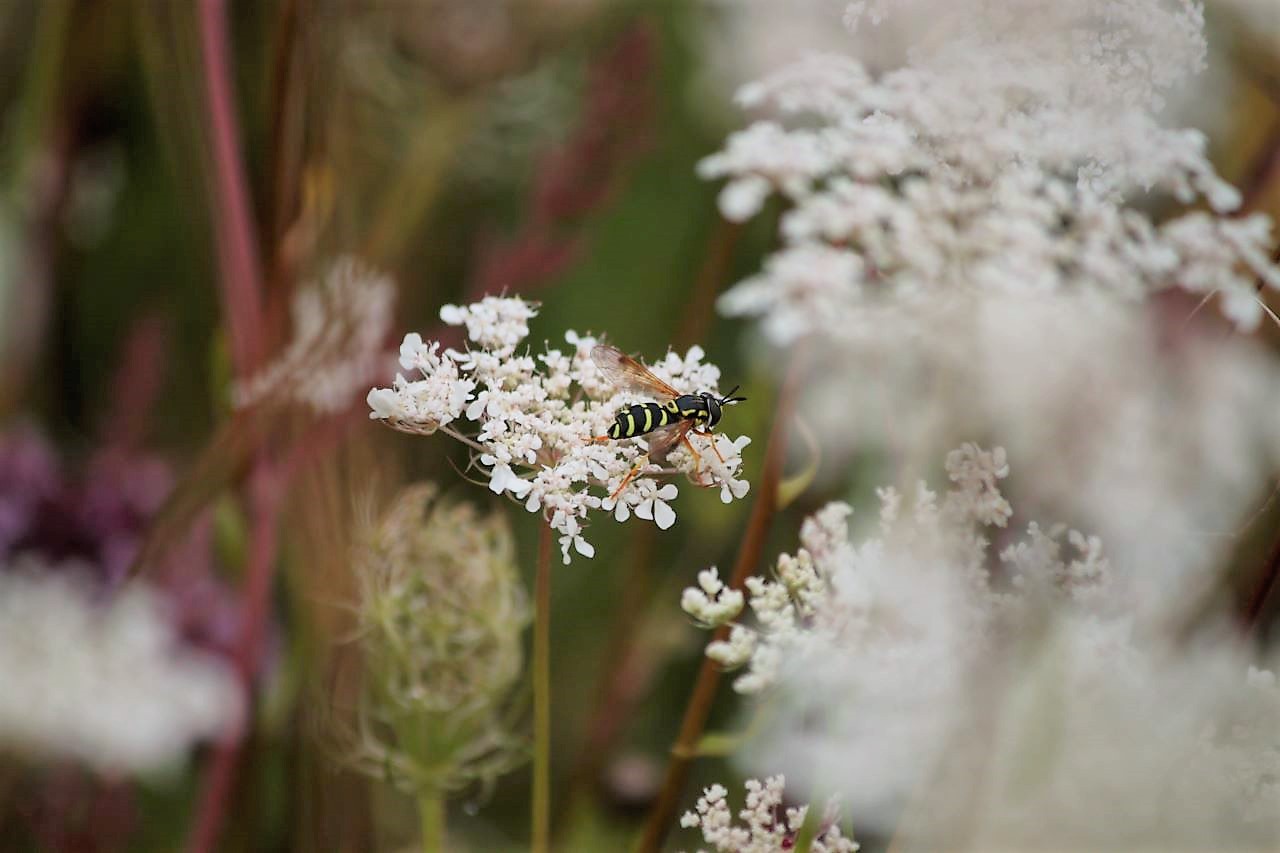
A hook-banded wasp hoverfly – Chrysotoxum festivum visiting Wild Carrot.
While another was apparently a hook-banded wasp hoverfly (Chrysotoxum festivum) that was on a wild carrot.
As well as a common darter dragonfly that was having a few moments of rest.
By August 5 another low pressure system was passing through the UK, bringing more conditions of wetness, with temperatures peaking at around 16c locally.
Having had the privilege of seeing and photographing two juvenile common buzzards at Clandon Wood burial ground (viewable in my previous report), I had the opportunity to find and photograph another juvenile common buzzard, this time on Whitmoor Common.
This one was also calling, thus attracting my attention. I caught sight of it in a horse paddock, perched up just across the field and unaware of my observations.
The following day at Brook Pond on Whitmoor Common I spotted my first local spotted flycatcher of the year, this shortly after a shower of rain had passed through.
Quite possibly the bird had been brought down for a brief rest, as another shower of rain passed through. And as the sunshine returned, it could be viewed fly-catching from a tall oak tree before continuing its journey south.
Also at Brook Pond a pair of grey wagtail could be viewed by the water’s edge.
While a plethora of chiffchaffs and tits, many of which including this year’s young, could be seen feeding on insects in the sallows that overhang the pond.
At one location on the common, where holly bushes were in good number, a firecrest made an appearance. Unperturbed by my presence, it continued to feed on insects for longer than I needed to take a few pictures.
Along the boardwalk leading out onto the heathland a dozen or so young common lizards could be viewed, basking on the boards and warmed by the sun.
Out on the heathland linnets could be seen and heard. The males still in the stunning summer plumage.
A new generation of Dartford warblers were also present.
Also observing a few families of stonechats.
As well as common whitethroats.
A kestrel was also making a visit in the area.
Many species of bees could seen feeding on the heather now in blossom. And some of their humming sounds, still within my hearing range too!
Even picking out a hornet hoverfly feeding on the nectar.
And although now fewer in number and tattier in appearance, due to now coming closer to the end of their life cycle, a few silver-studded blue butterflies continued to be present.
Likewise, a few purple hairstreak butterflies could still be viewed about the oak trees surrounding Whitmoor Common car park, as well as the ones still seen at Britten’s Pond.
At Britten’s Pond the chiffchaffs had, by now, started to refrain from singing their names. Now, their single-noted contact calls, along with continued cool weather conditions, added what felt like an autumnal feel to the surroundings.
Long tailed tits were already joining up their families in groups. Tagging along in their mobile gatherings, several blue tits and great tits could be seen within the procession as they traversed the treeline surrounding the pond.
Over the pond a lone black-headed gull circled, now moulting from its summer plumage.
A young grey heron continued its quest to find a quiet spot to fish, away from the anglers about the waters.
Whilst a kingfisher continued to be the highlight of my visit.
Another highlight for me, at a location in the Guildford area, was my second sighting in consecutive weeks of two ravens. This time they were together, perched up in the same tree I had previously seen one.
A dry and partially sunny day and slightly warmer day prevailed on August 7. It allowing me some enthusiasm to take a stroll across Ranmore Common, otherwise known as Denbies Hillside, in the company of friends, Bob and Dougal.
A few adonis blues had already begun to emerge getting a picture of one of the males.
Even managing to get, what for me, was a rare photo-record of a the much darker coloured female.
Surprising to see in such number and also recently out on the wing on their only brood of the year, were silver-spotted skipper butterflies, counting, possibly more than a dozen on our transect across the slopes.
A few large skippers were still present, although now coming to the end of their reign.
Another butterfly out on its second brood and in good number there were brown argus butterflies.
Although now having been out on the wing for a few weeks, chalkhill blues were by far still the most numerous butterflies present.
Small copper butterflies were continuing to have a good year.
And holly blues also continued to be in good number.
In my personal ventures locally. and despite predictions that last year’s hot, dry summer might effect this years broods, most species appeared to have fared well. Apart from small tortoiseshells, of which I have only seen two so far, this year locally.
Day-time flying moths also seemed to be in reasonable number too. Especially Burnet moths.
Also adding a dusky sallow moth to my photos.
My continuing attempts to photograph and identify some of the smaller animate beings I meet up with, led me inquisitively and tentatively down a road I wasn’t convinced I wished I had travelled.
A long hoverfly seemed a reasonable start. But then things rapidly began to go down hill when investigating some species I had photographed. I was finding quotes like “One of many species that are difficult to separate”.
And when finding Lygus pratensis, seeing quotes such as: “This genus is one of the most problematic mirid groups to identify,” adding: “The five UK species can overlap considerably in colour, markings and size; some specimens cannot be determined.”
Dragonflies were slowly becoming an easier option for me to recognise, adding a migrant hawker along the way.
But having negated my challenge, for now at least, when I learned there were at least 280 species just of hoverfly / drone flies in the UK!
Photographing what I believe to be a few species of drone fly. Perhaps a tapered drone fly?
Responses to Birdwatcher’s Diary No.285
Leave a Comment Cancel replyPlease see our comments policy. All comments are moderated and may take time to appear.
Recent Articles
- Guildford Institute’s Crowdfunding Project for Accessible Toilet in its New Community and Wellbeing Centre
- Letter: Guildford – Another Opportunity Missed?
- Letter: GBC’s Corporate Strategy – Where Is the Ambition?
- My Memories of John Mayall at a Ground-breaking Gig in Guildford Nearly Six Decades Ago
- Westborough HMO Plans ‘Losing the Heart of the Street’ Says Resident
- College Invests to Boost Surrey’s Economy and Close Digital Skills Gap
- Community Lottery Brings Big Wins for Local Charities
- GBC Housing Plan Promises ‘A Vibrant Urban Neighbourhood’ Near Town Centre
- Hospital Pillows ‘Shortage’ at the Royal Surrey
- Updated: Caravans Set Up Camp at Ash Manor School


Recent Comments
- Ian Macpherson on Updated: Main Guildford to Godalming Road Closed Until August 1
- Sara Tokunaga on GBC Housing Plan Promises ‘A Vibrant Urban Neighbourhood’ Near Town Centre
- Michael Courtnage on Daily Mail Online Reports Guildford Has Highest-paid Council Officer
- Alan Judge on GBC Housing Plan Promises ‘A Vibrant Urban Neighbourhood’ Near Town Centre
- John Perkins on GBC Housing Plan Promises ‘A Vibrant Urban Neighbourhood’ Near Town Centre
- S Collins on GBC Housing Plan Promises ‘A Vibrant Urban Neighbourhood’ Near Town Centre
Search in Site
Media Gallery
Dragon Interview: Local Artist Leaves Her Mark At One of England’s Most Historic Buildings
January 21, 2023 / No Comment / Read MoreDragon Interview: Lib Dem Planning Chair: ‘Current Policy Doesn’t Work for Local People’
January 19, 2023 / No Comment / Read MoreA3 Tunnel in Guildford ‘Necessary’ for New Homes, Says Guildford’s MP
January 10, 2023 / No Comment / Read More‘Madness’ for London Road Scheme to Go Ahead Against ‘Huge Opposition’, Says SCC Leader
January 6, 2023 / No Comment / Read MoreCouncillor’s Son Starts Campaign for More Consultation on North Street Plan
December 30, 2022 / No Comment / Read MoreCounty Council Climbs Down Over London Road Works – Further ‘Engagement’ Period Announced
December 14, 2022 / No Comment / Read MoreDragon Interview: GBC Reaction to the Government’s Expected Decision to Relax Housing Targets
December 7, 2022 / No Comment / Read MoreHow Can Our Town Centre Businesses Recover? Watch the Shop Front Debate
May 18, 2020 / No Comment / Read More



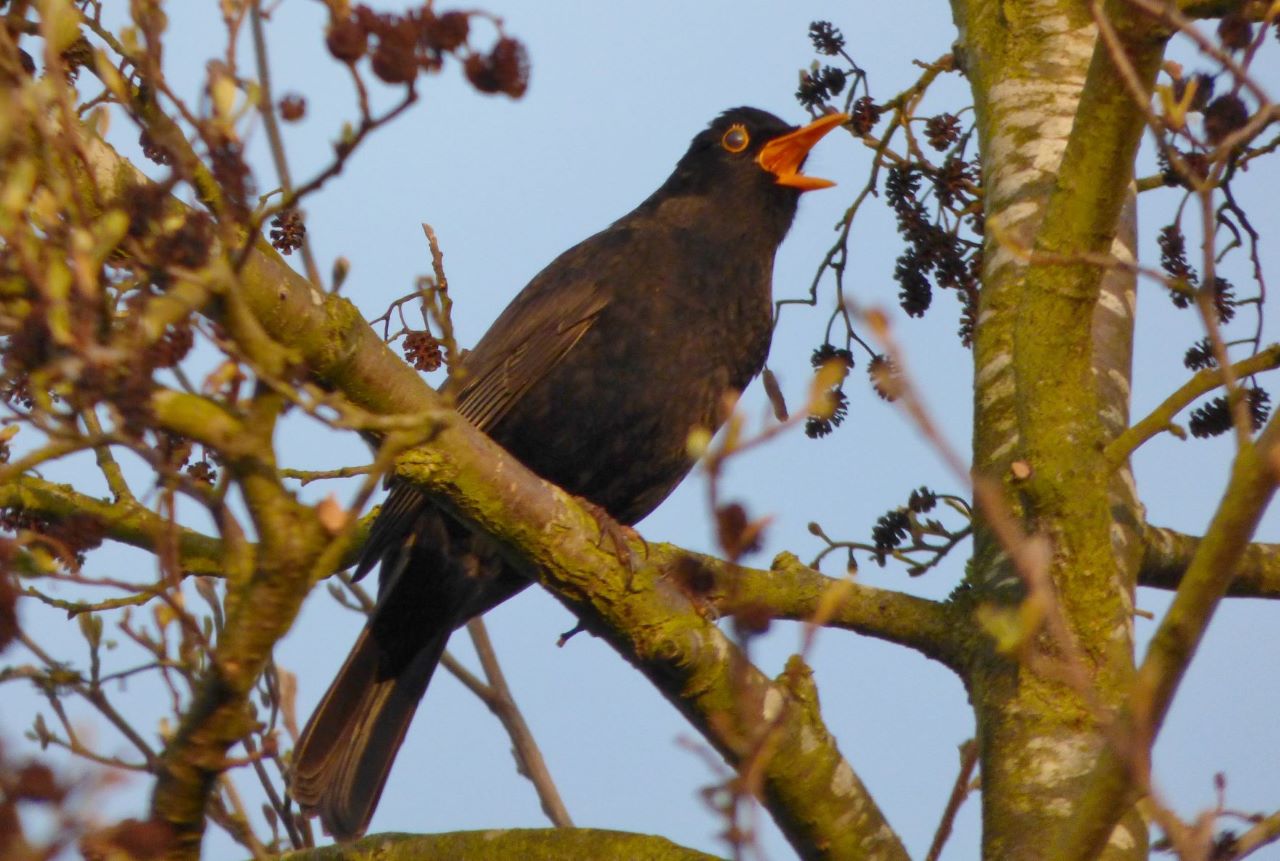
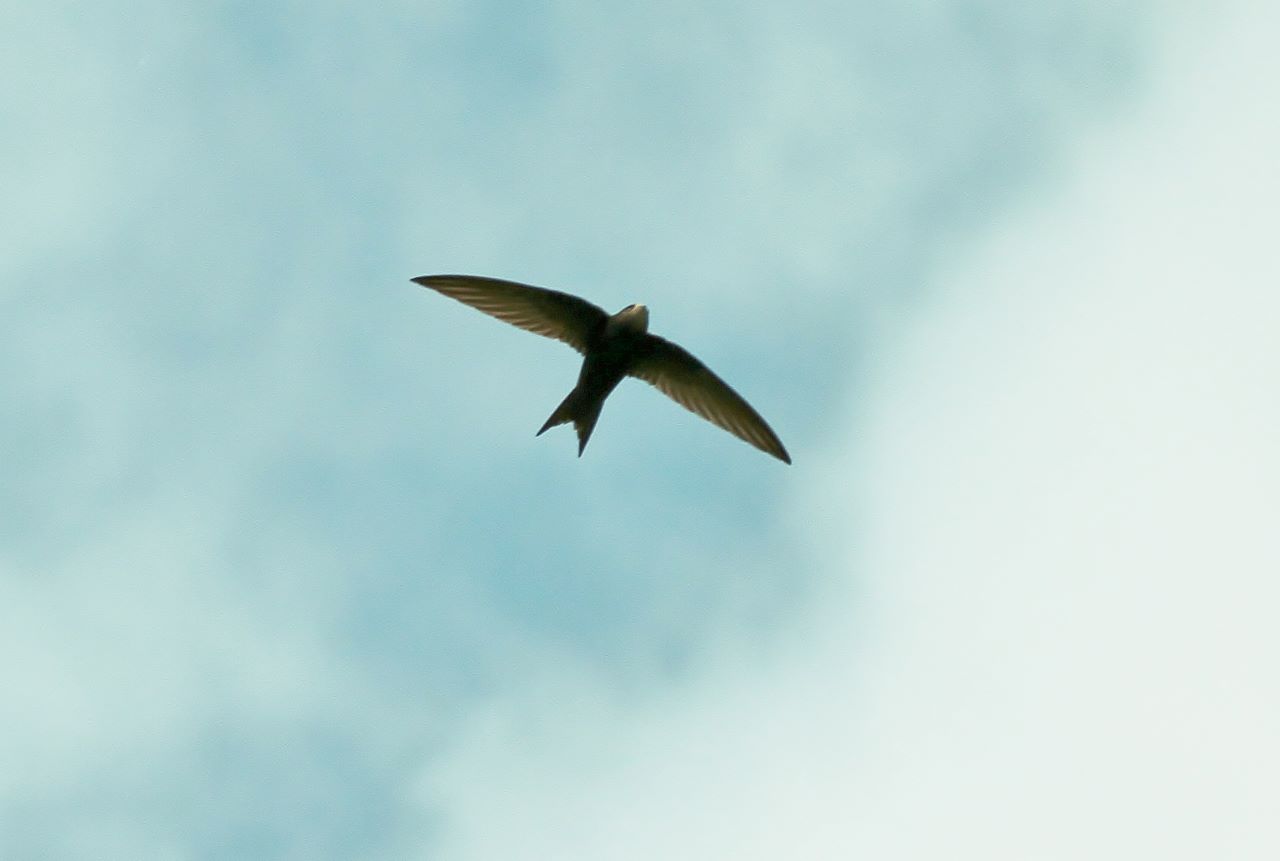

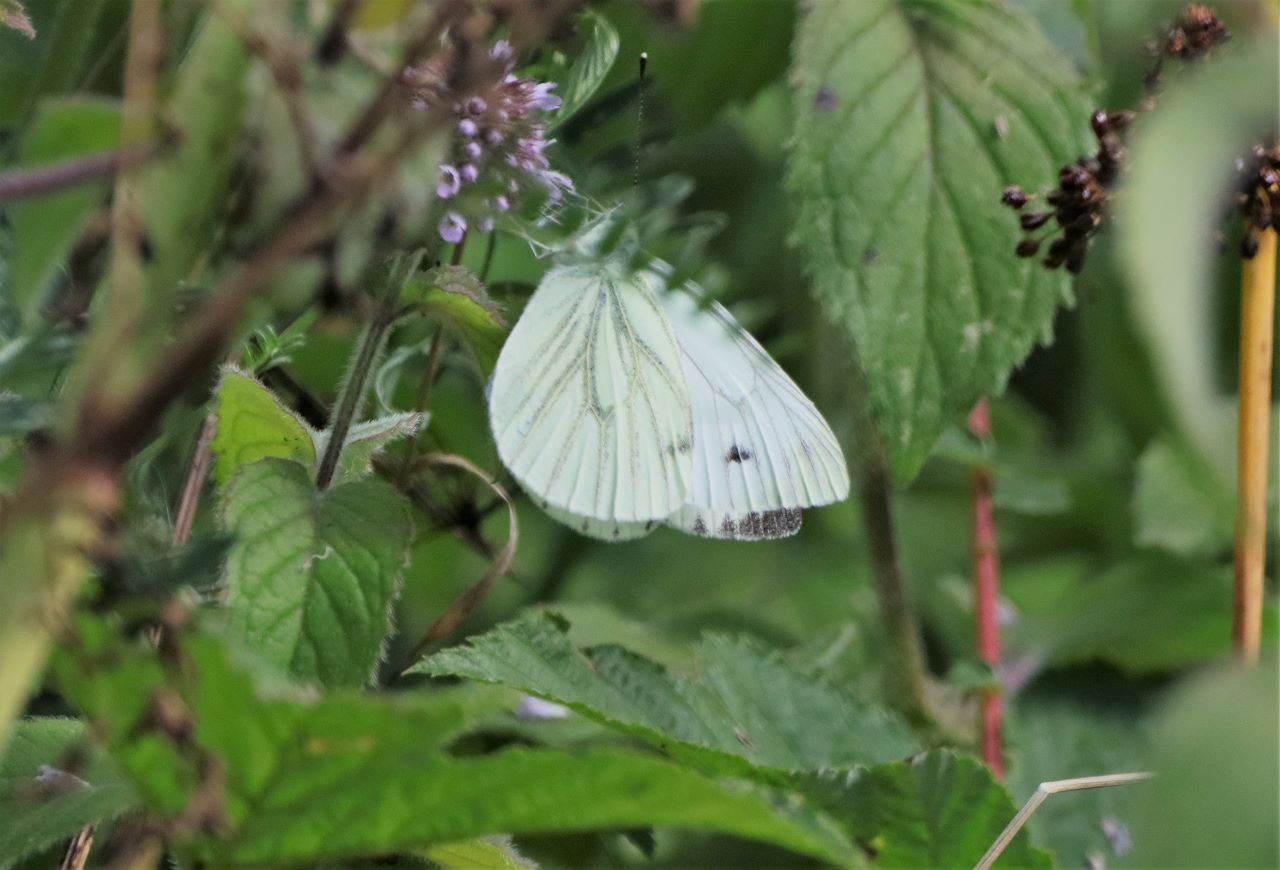
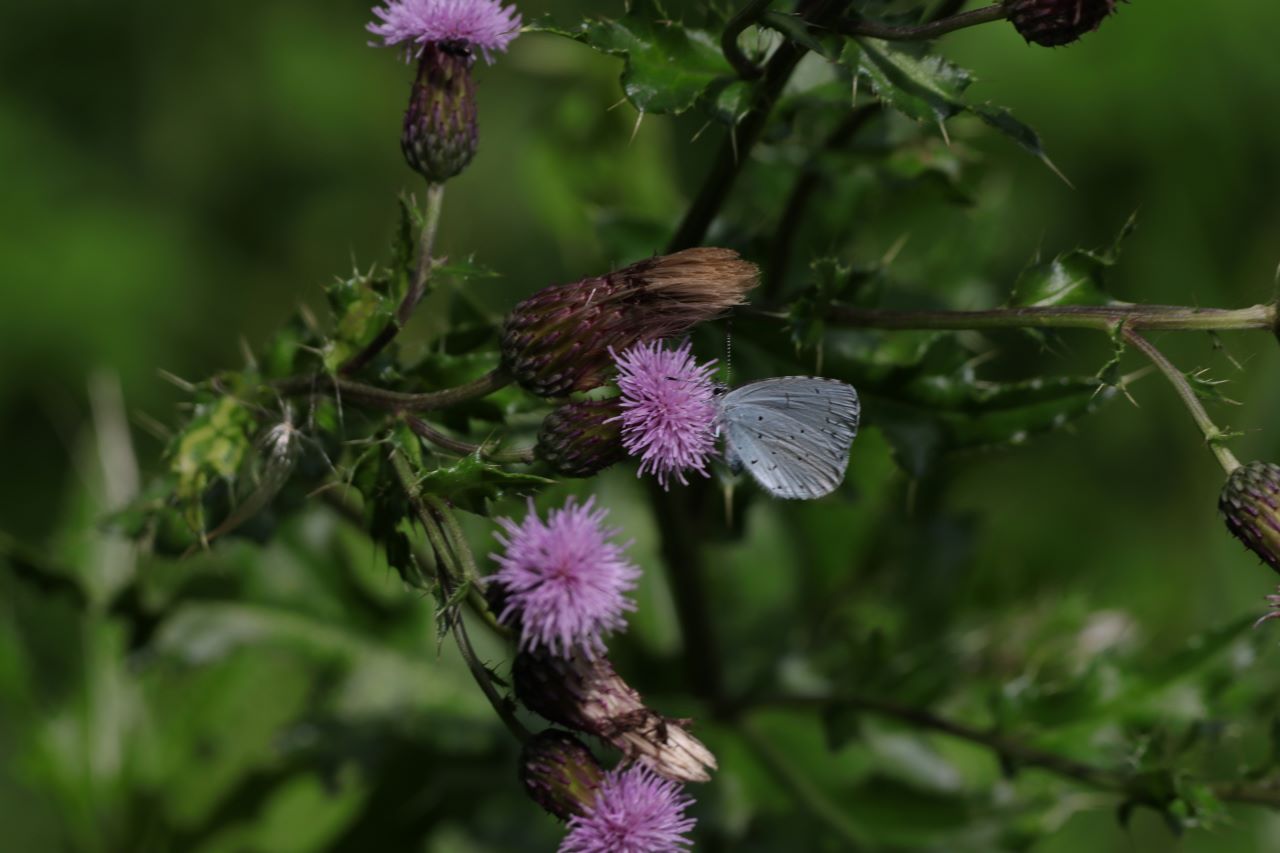

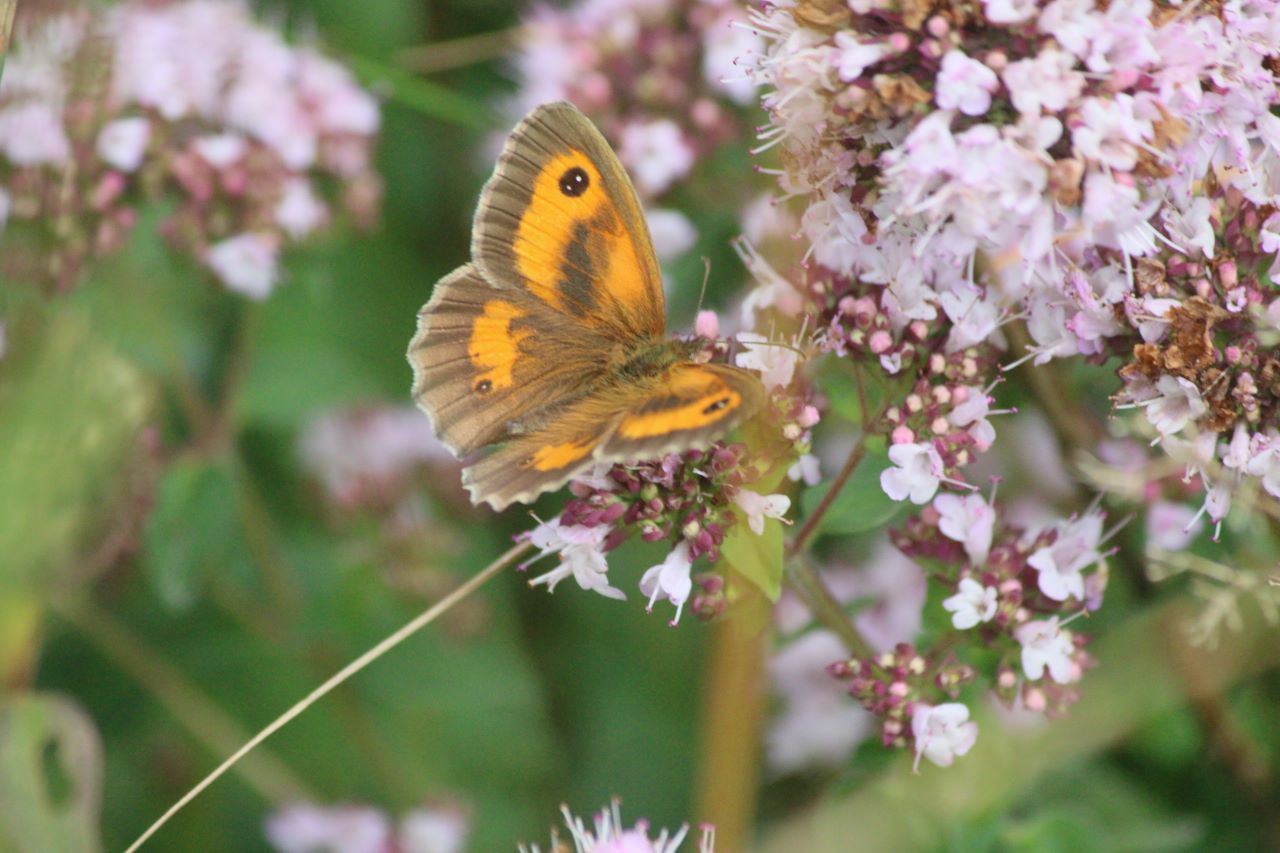

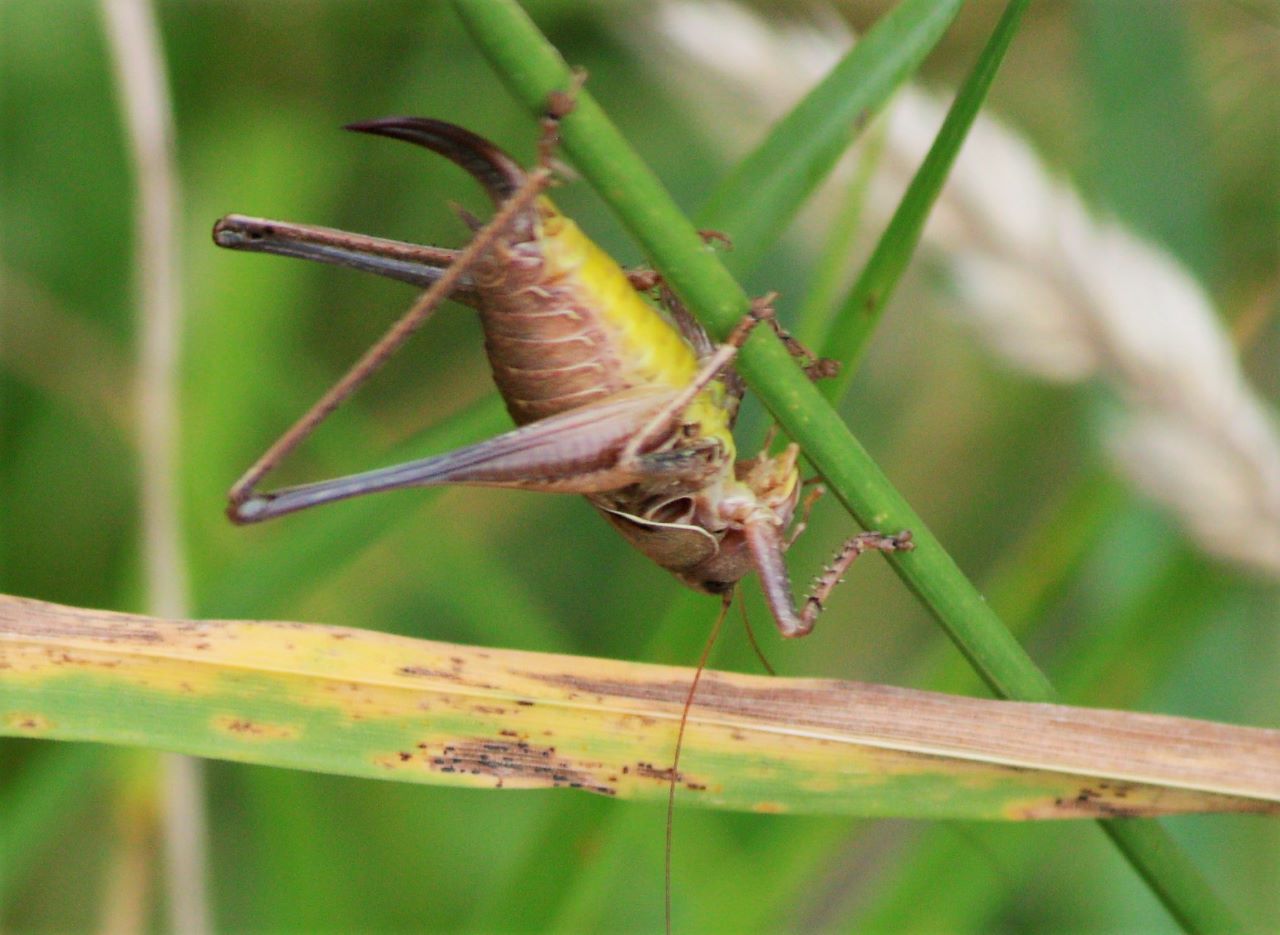
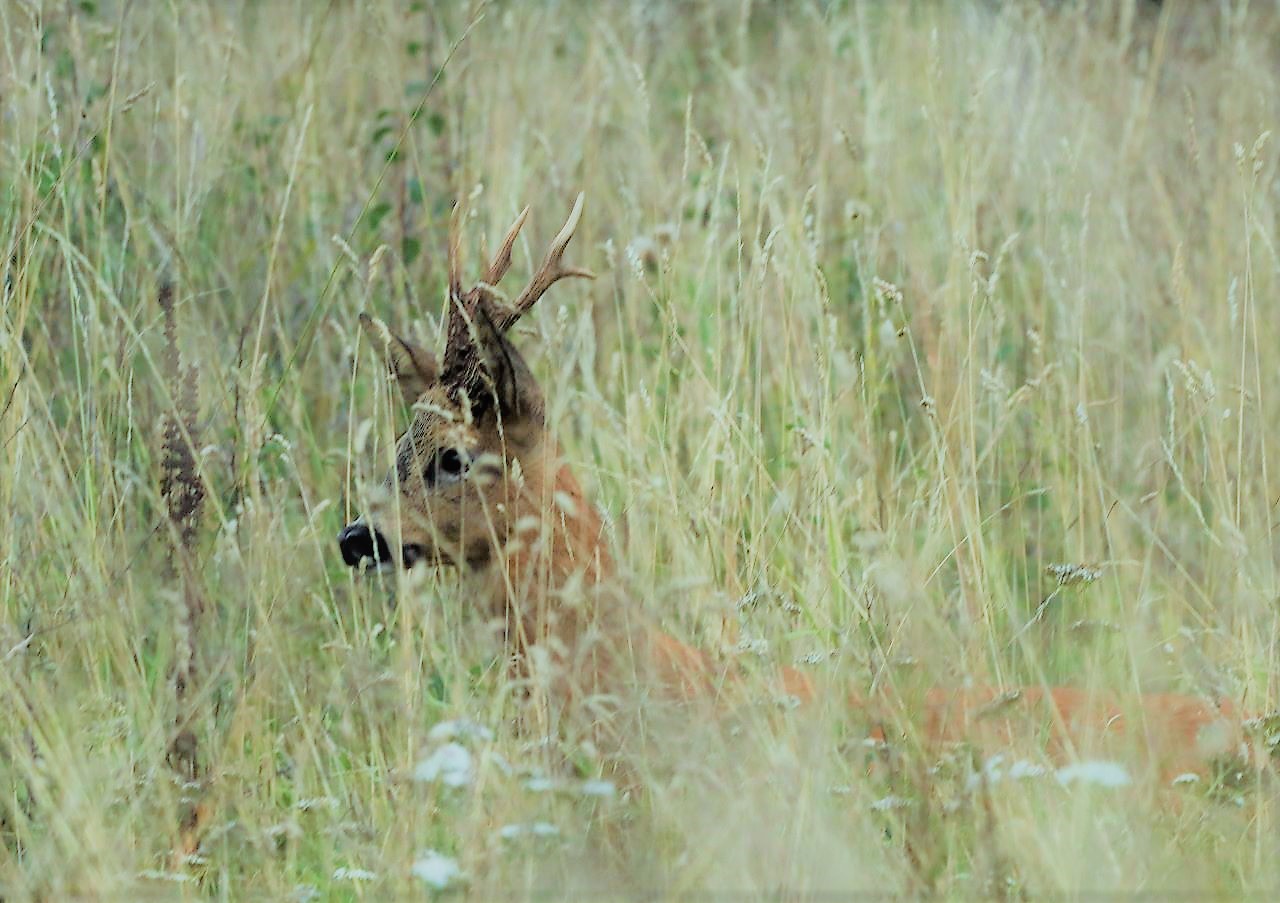
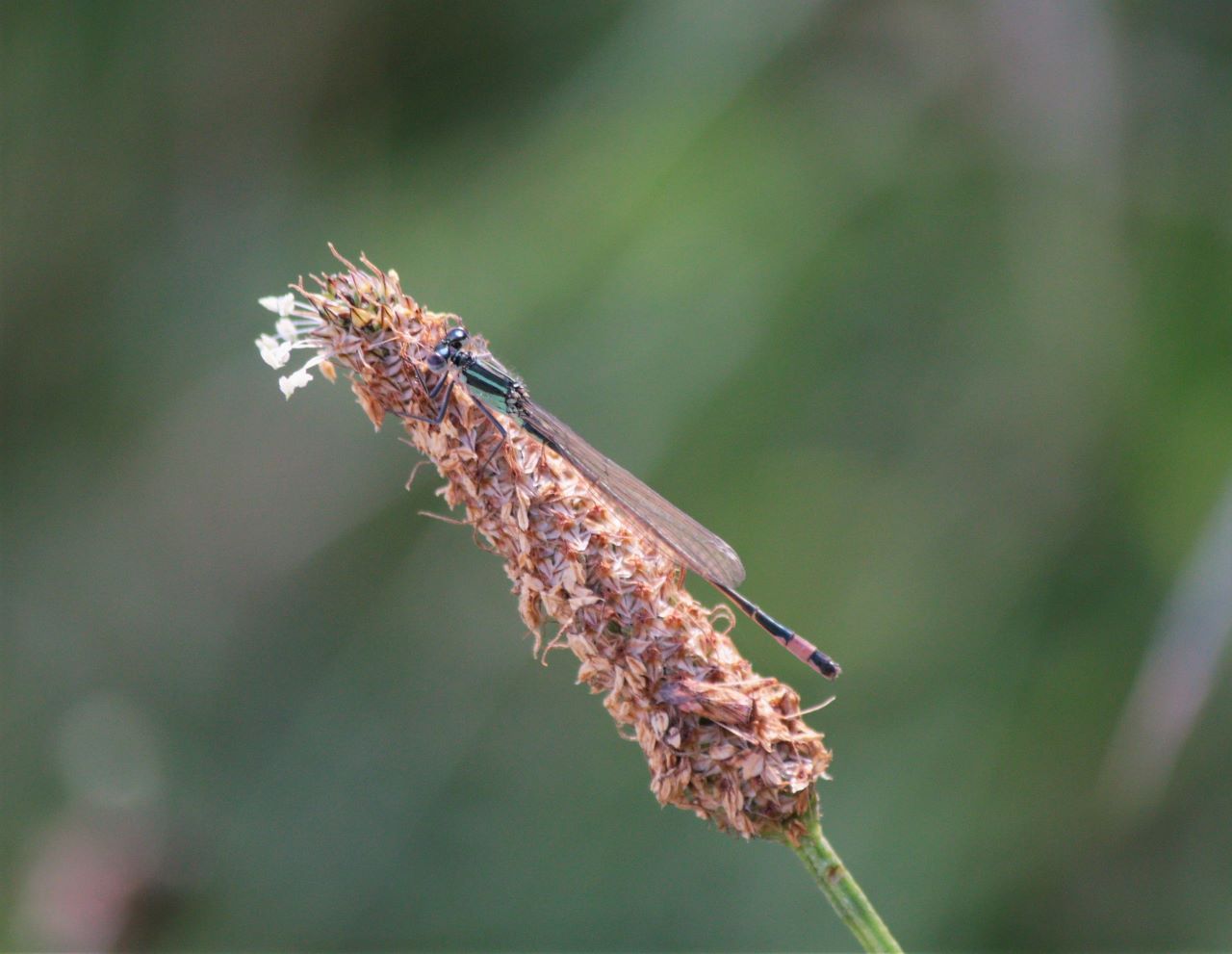
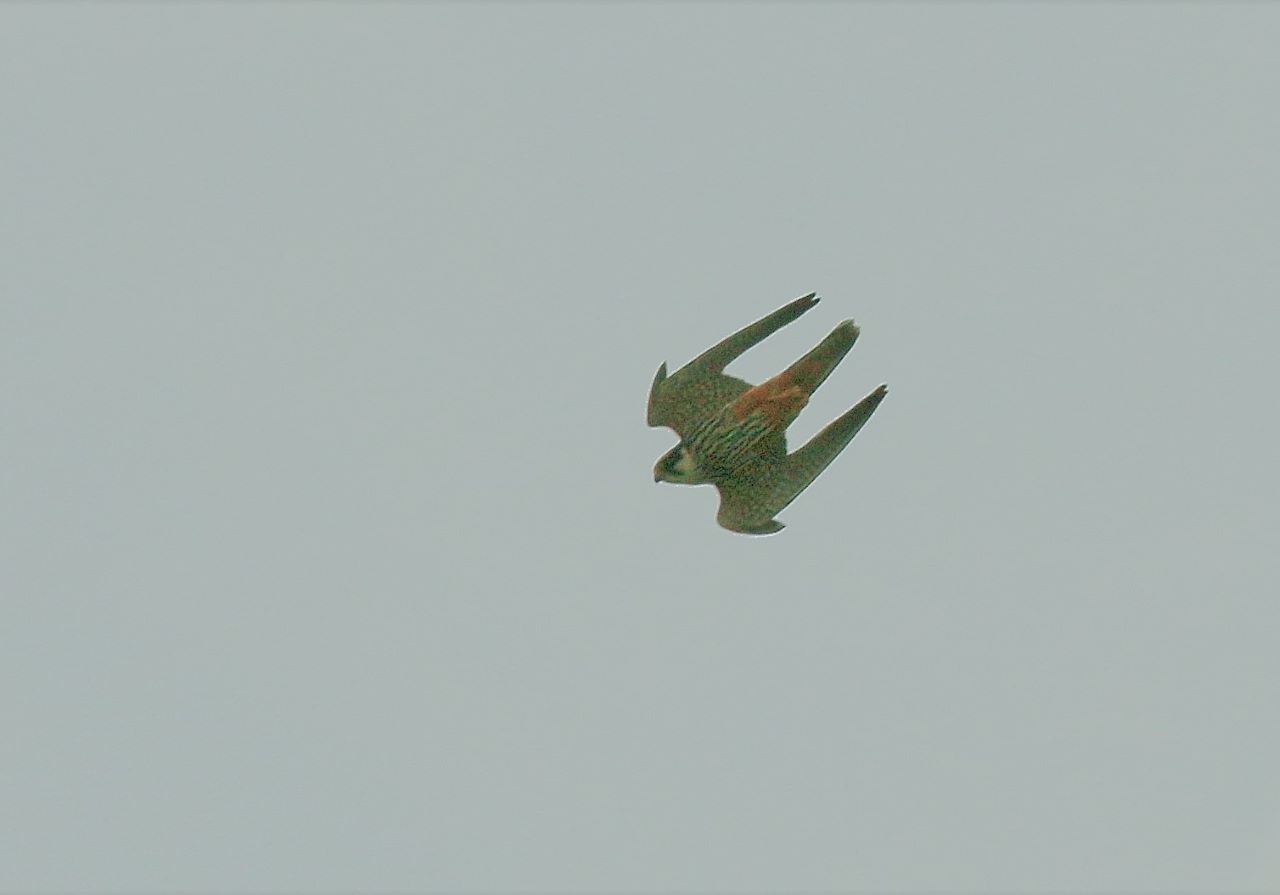
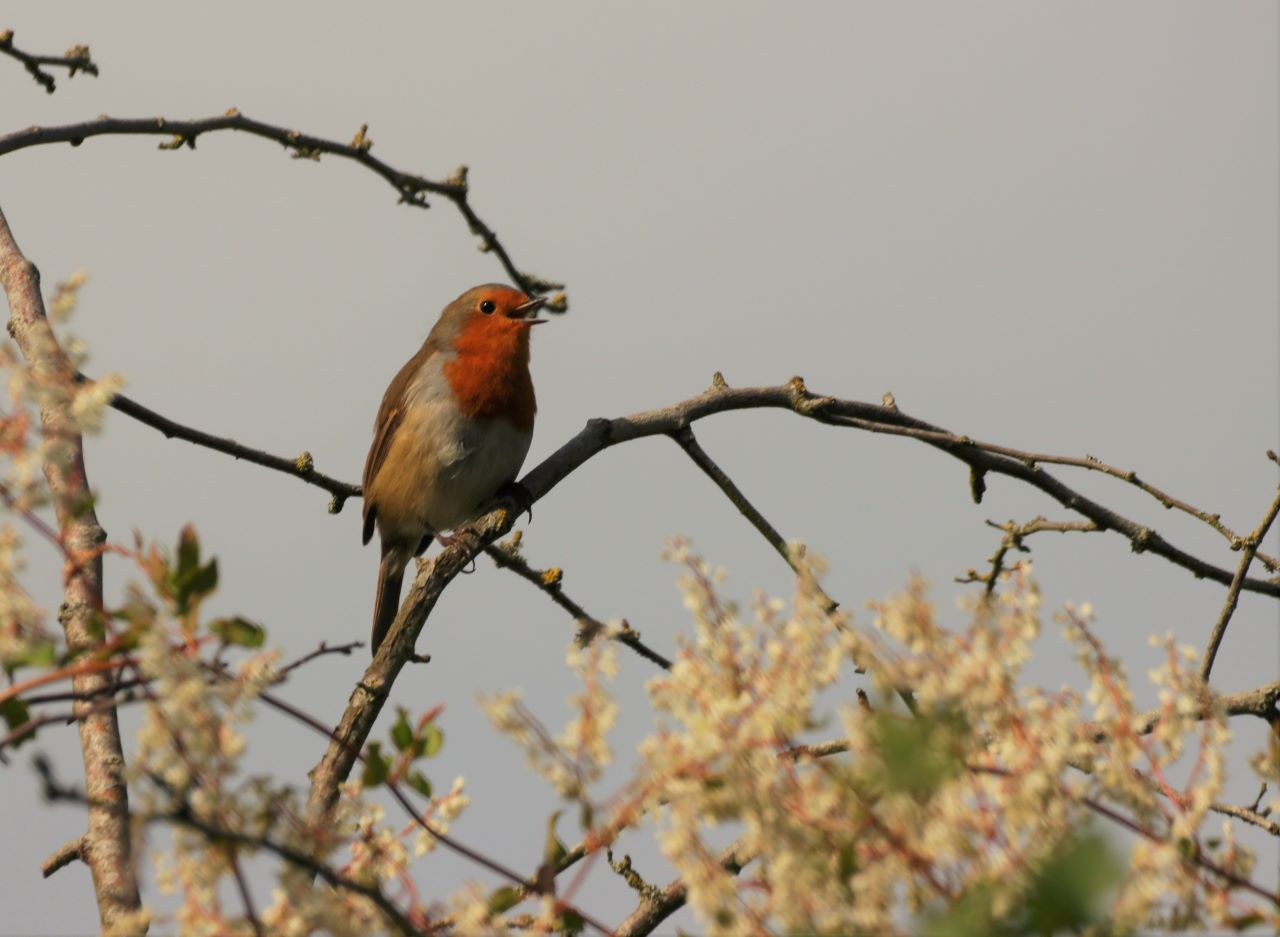
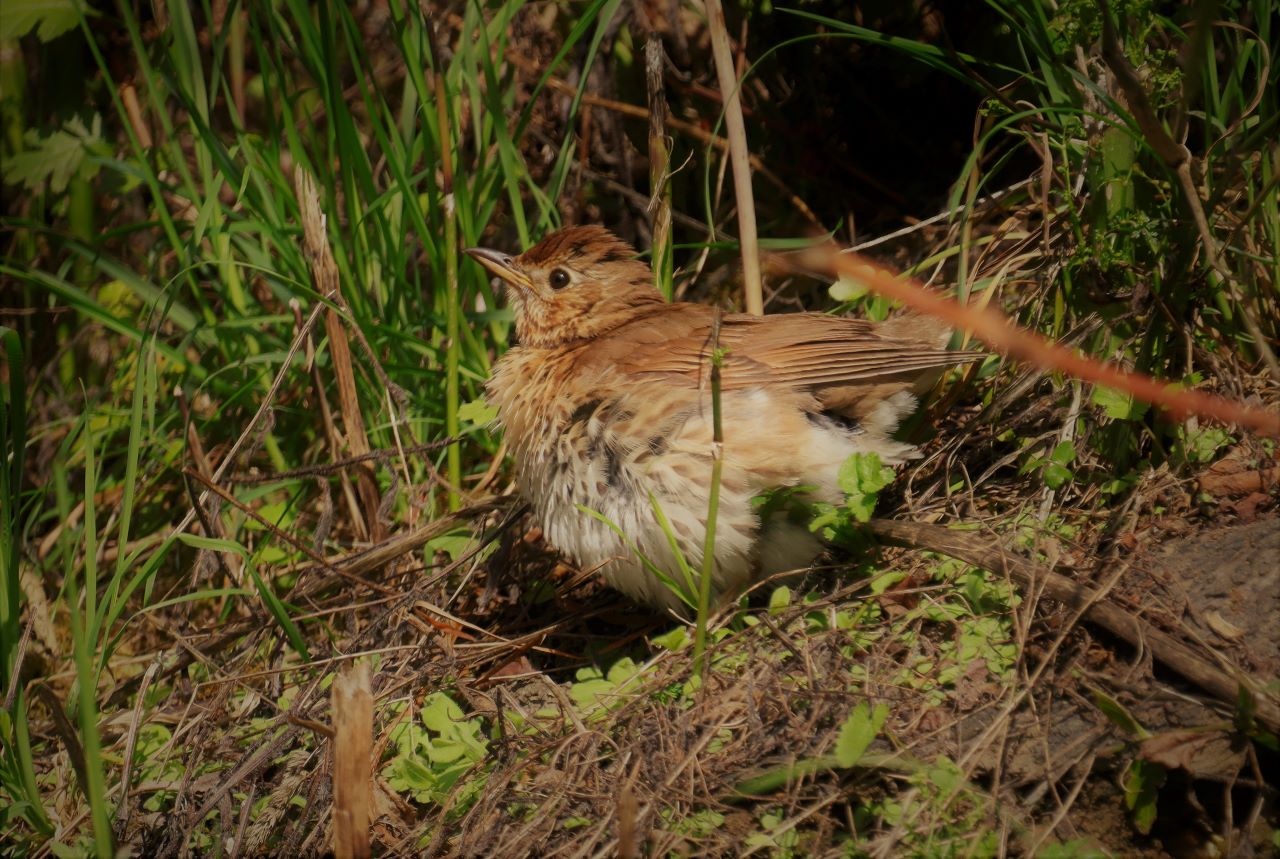

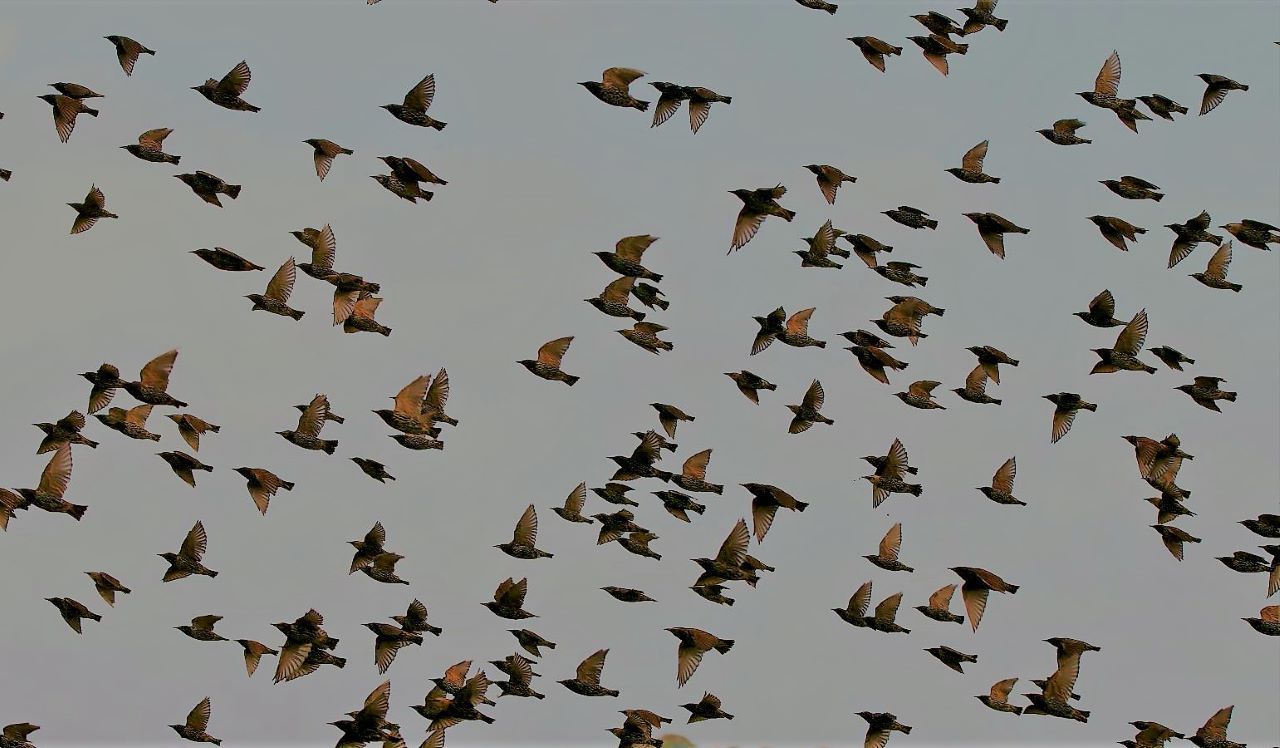
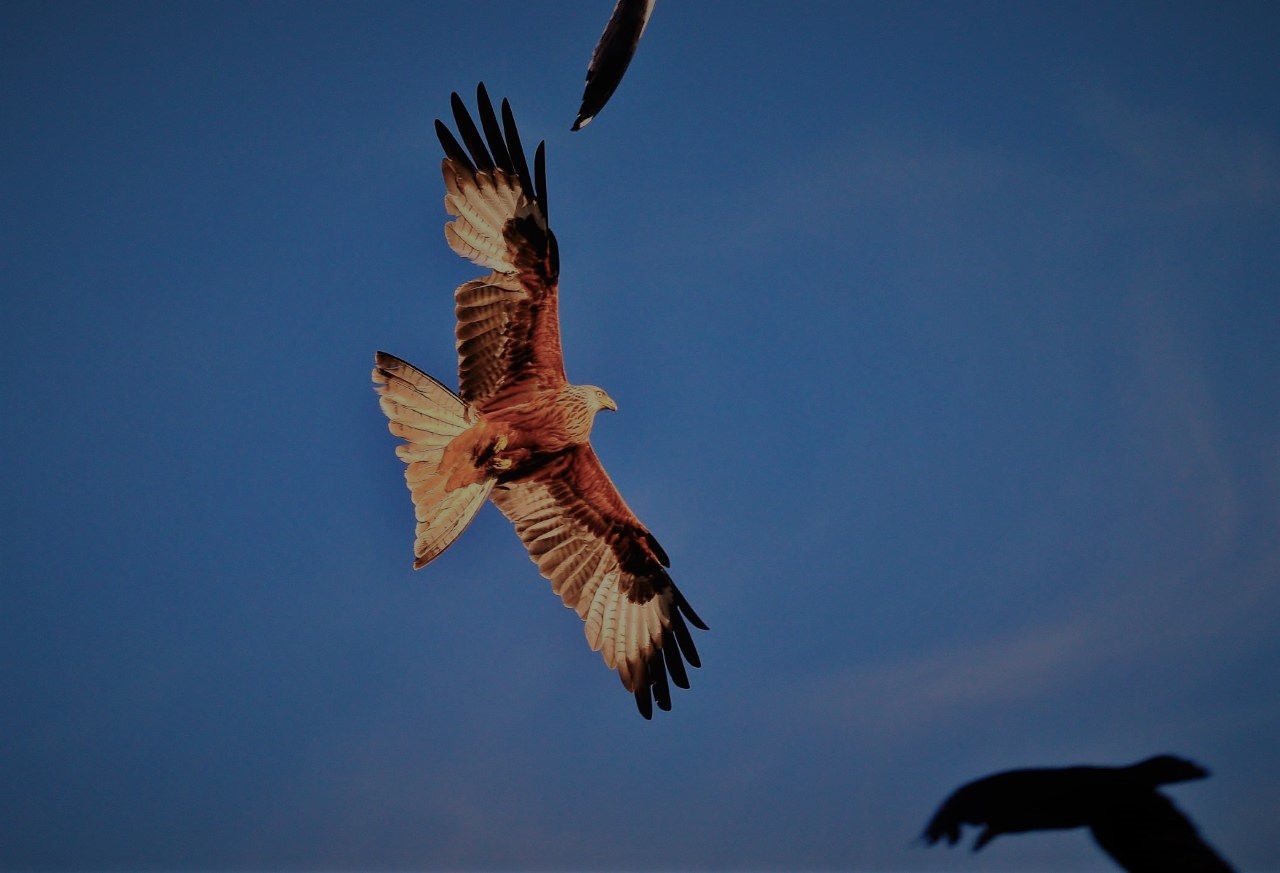
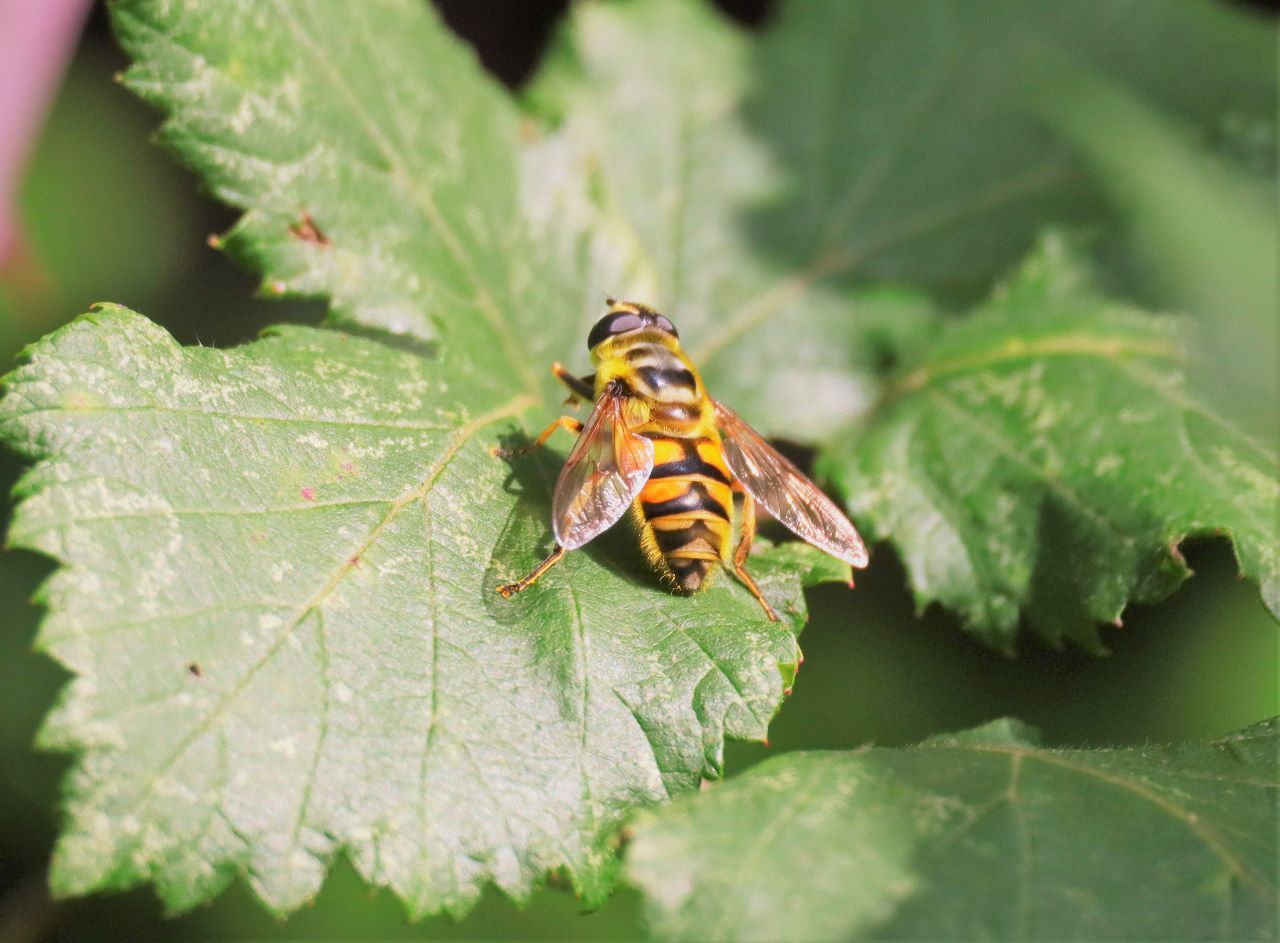
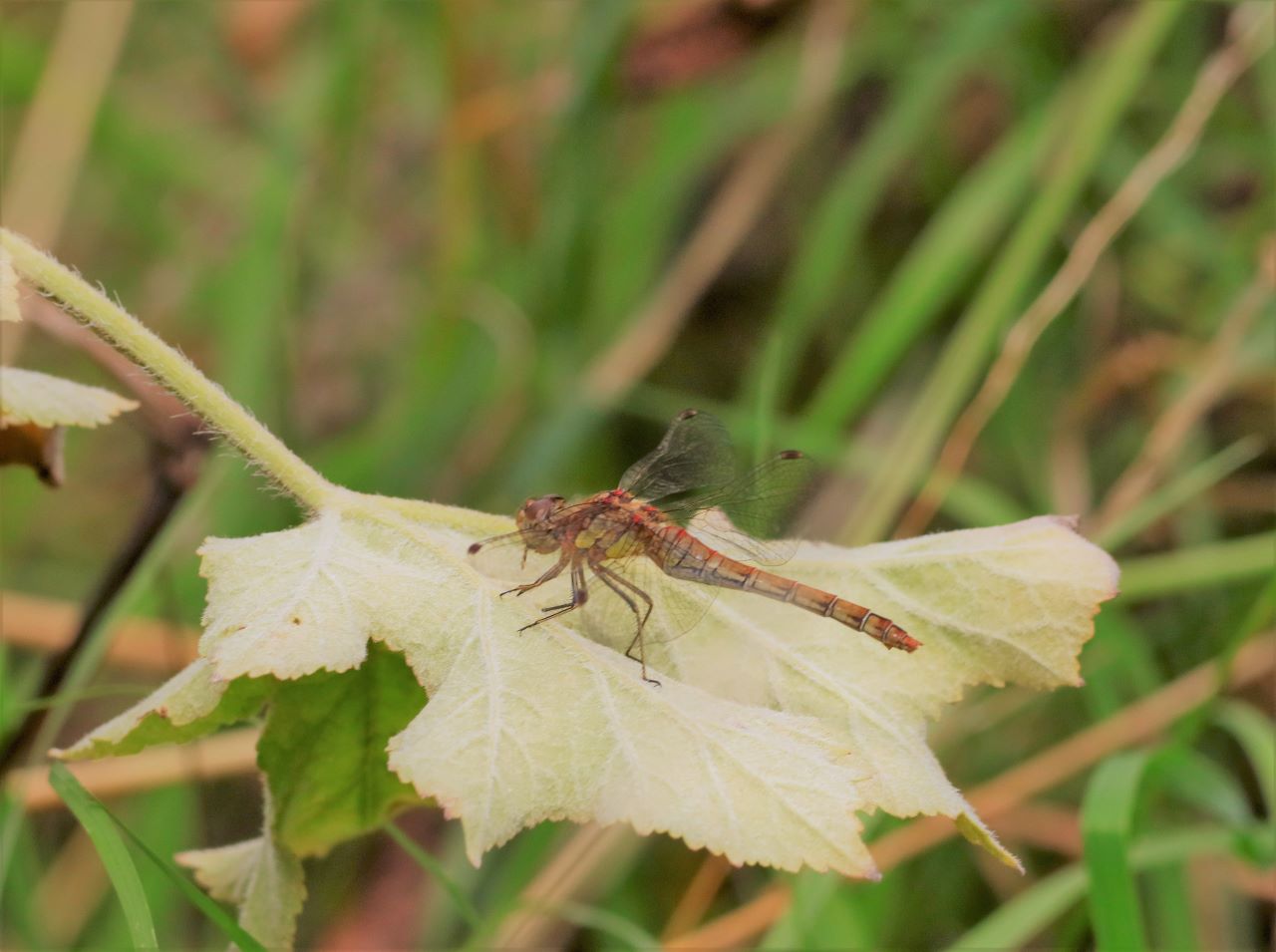
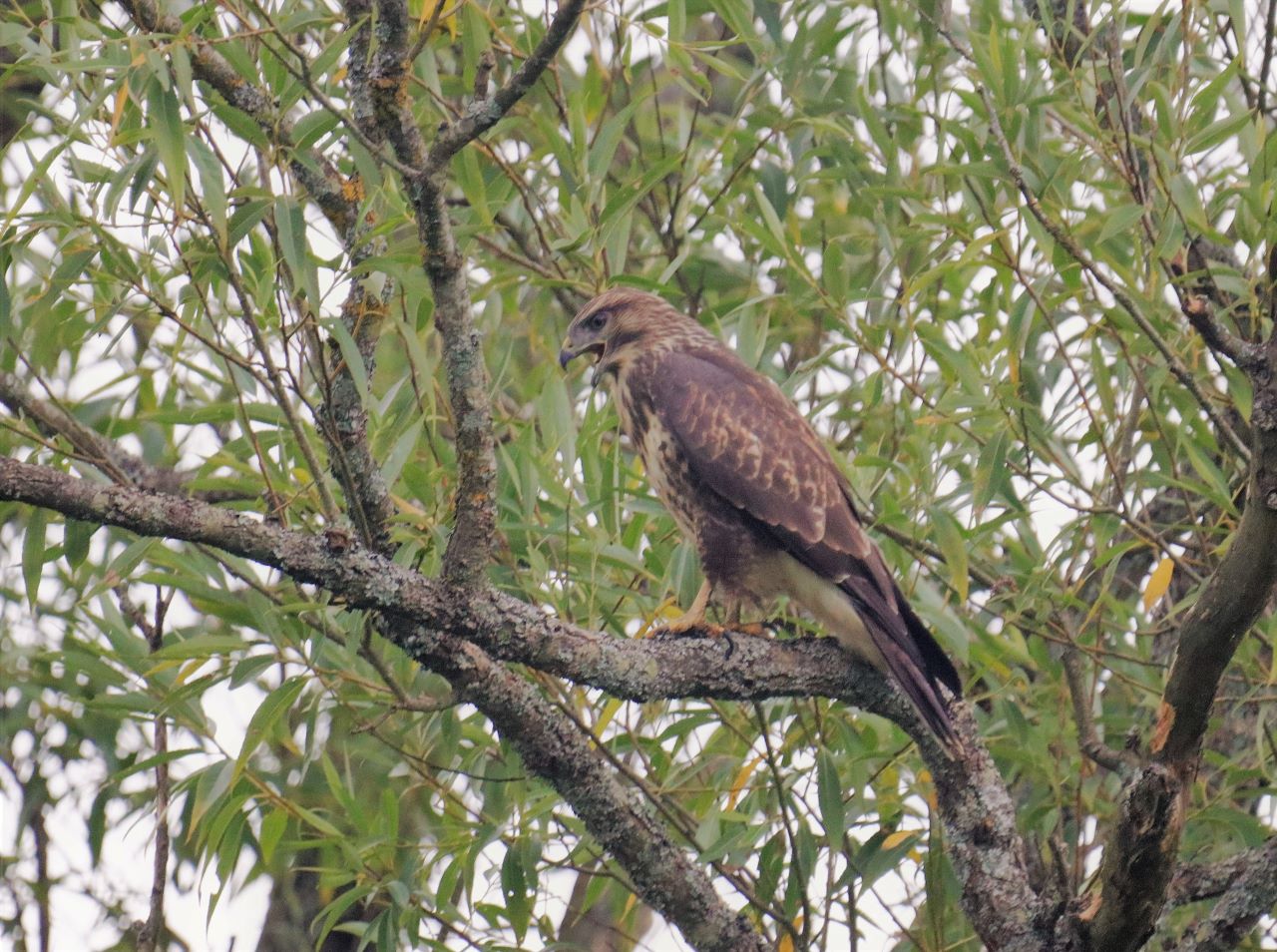
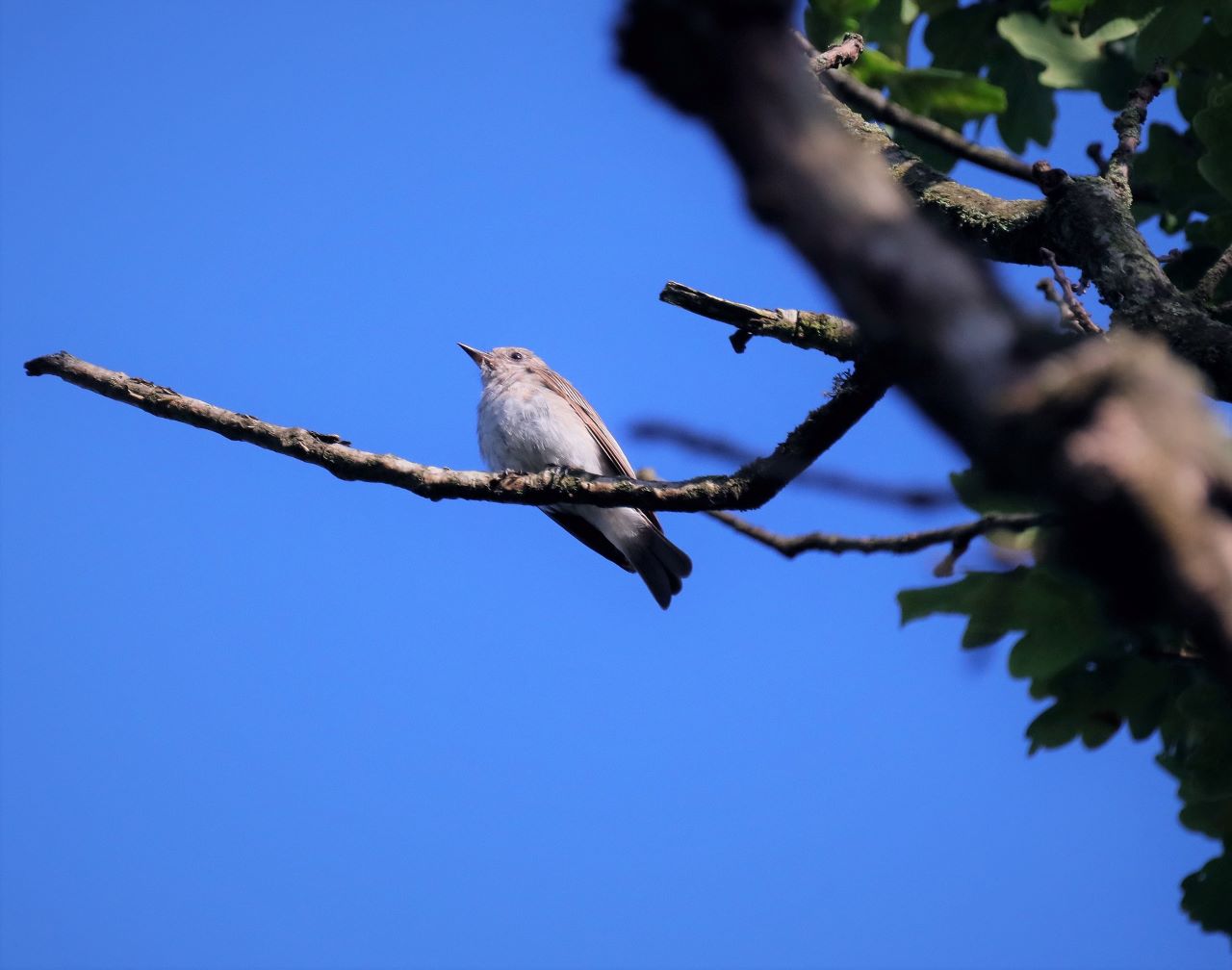
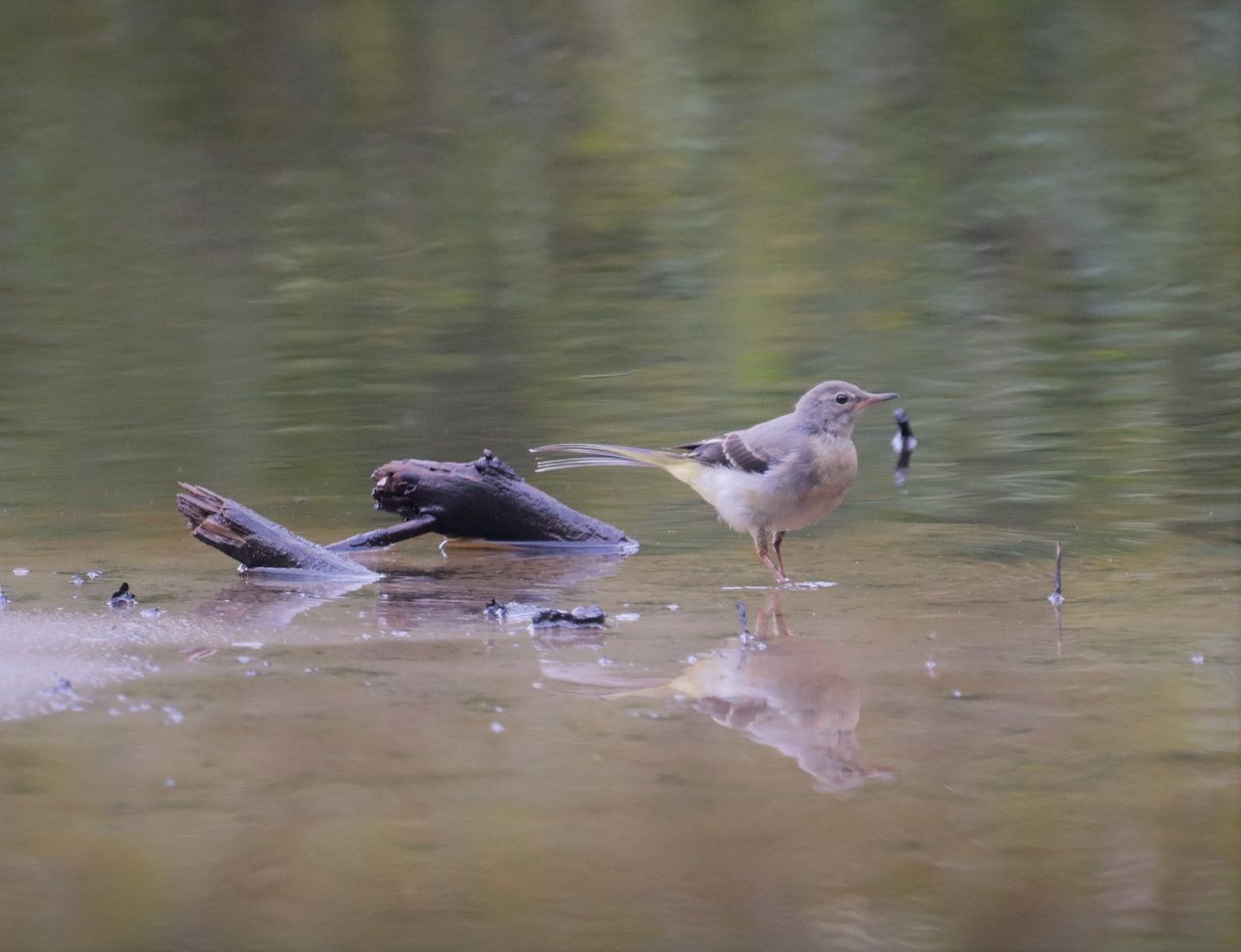
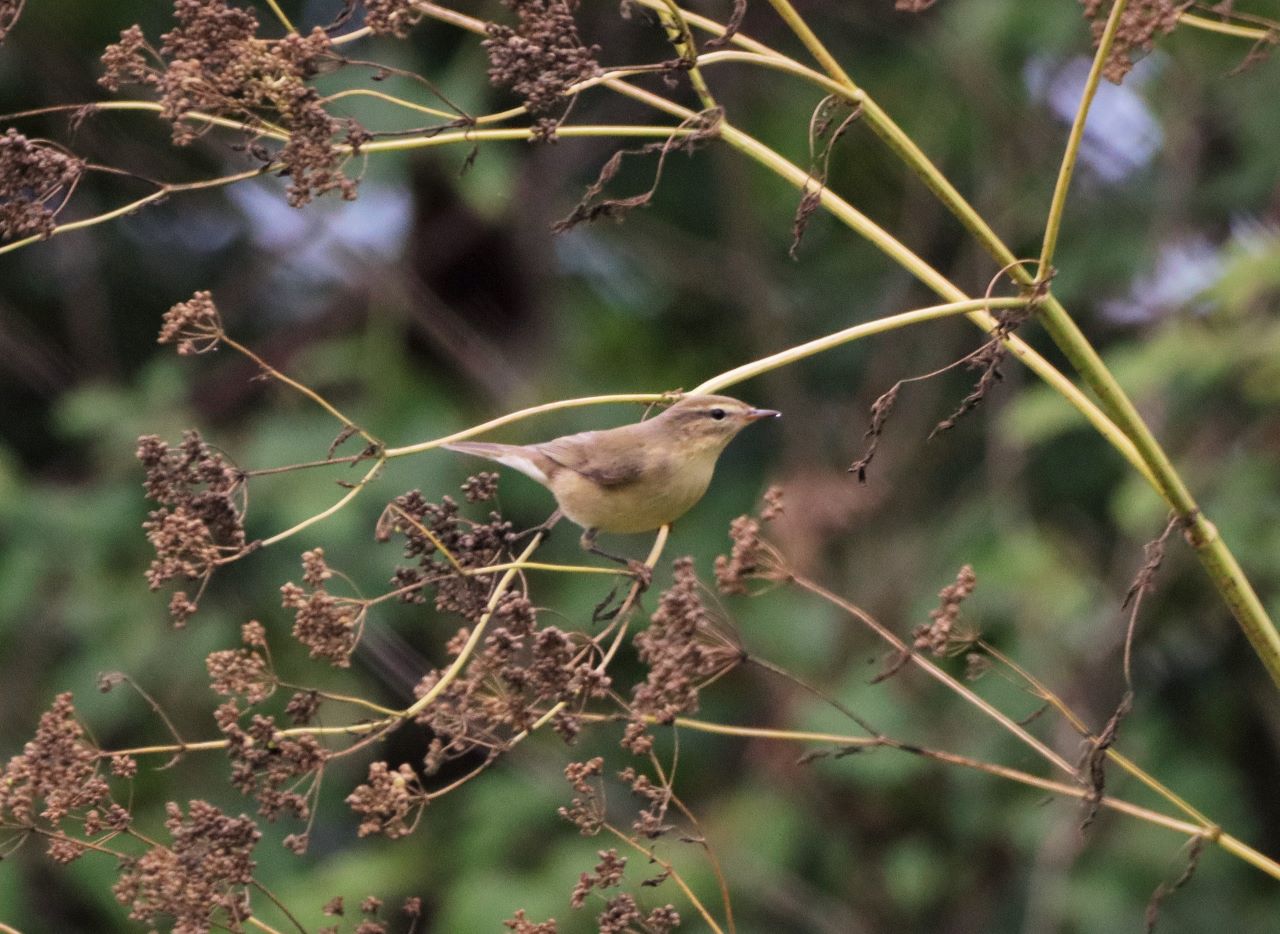
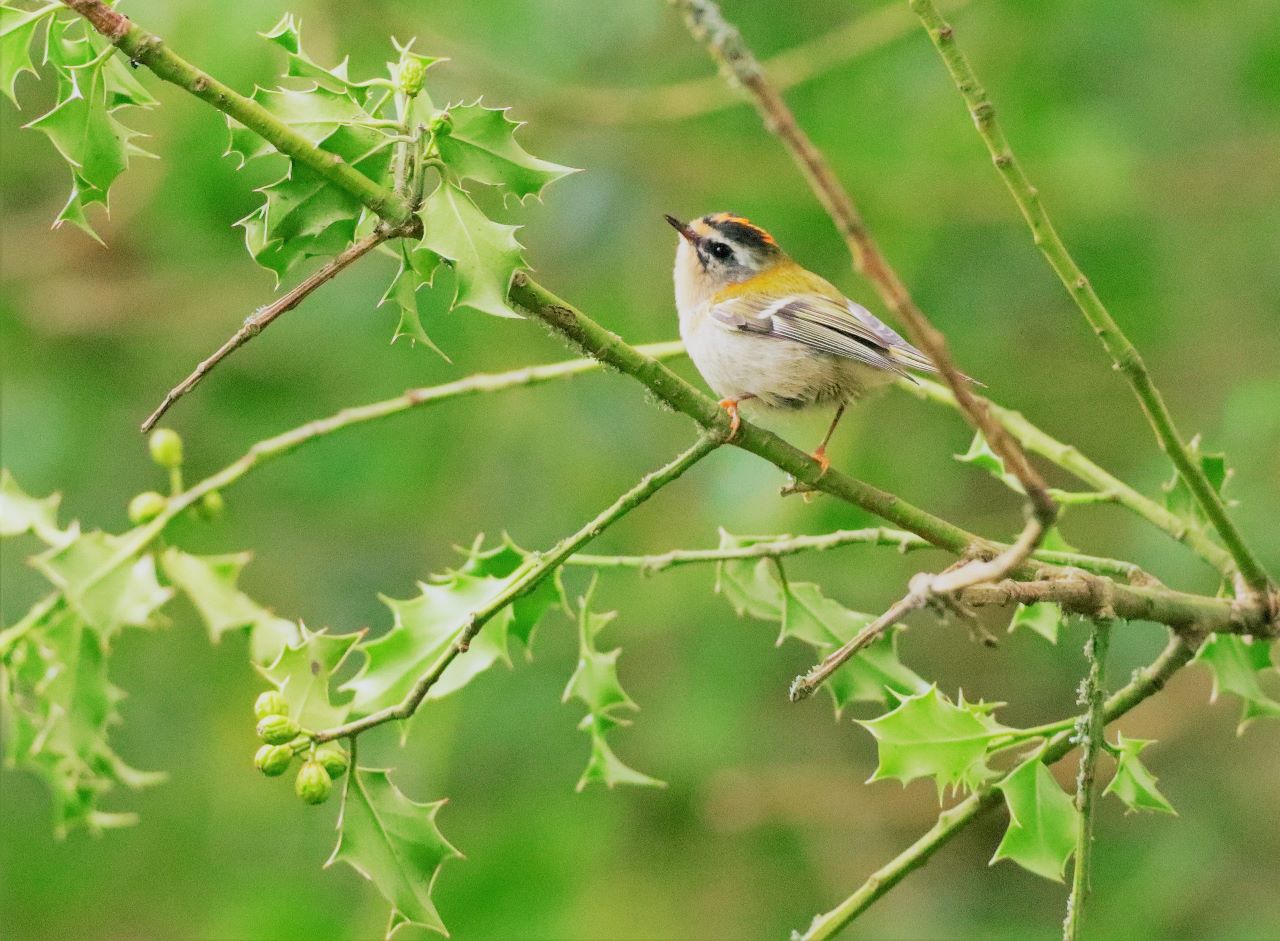

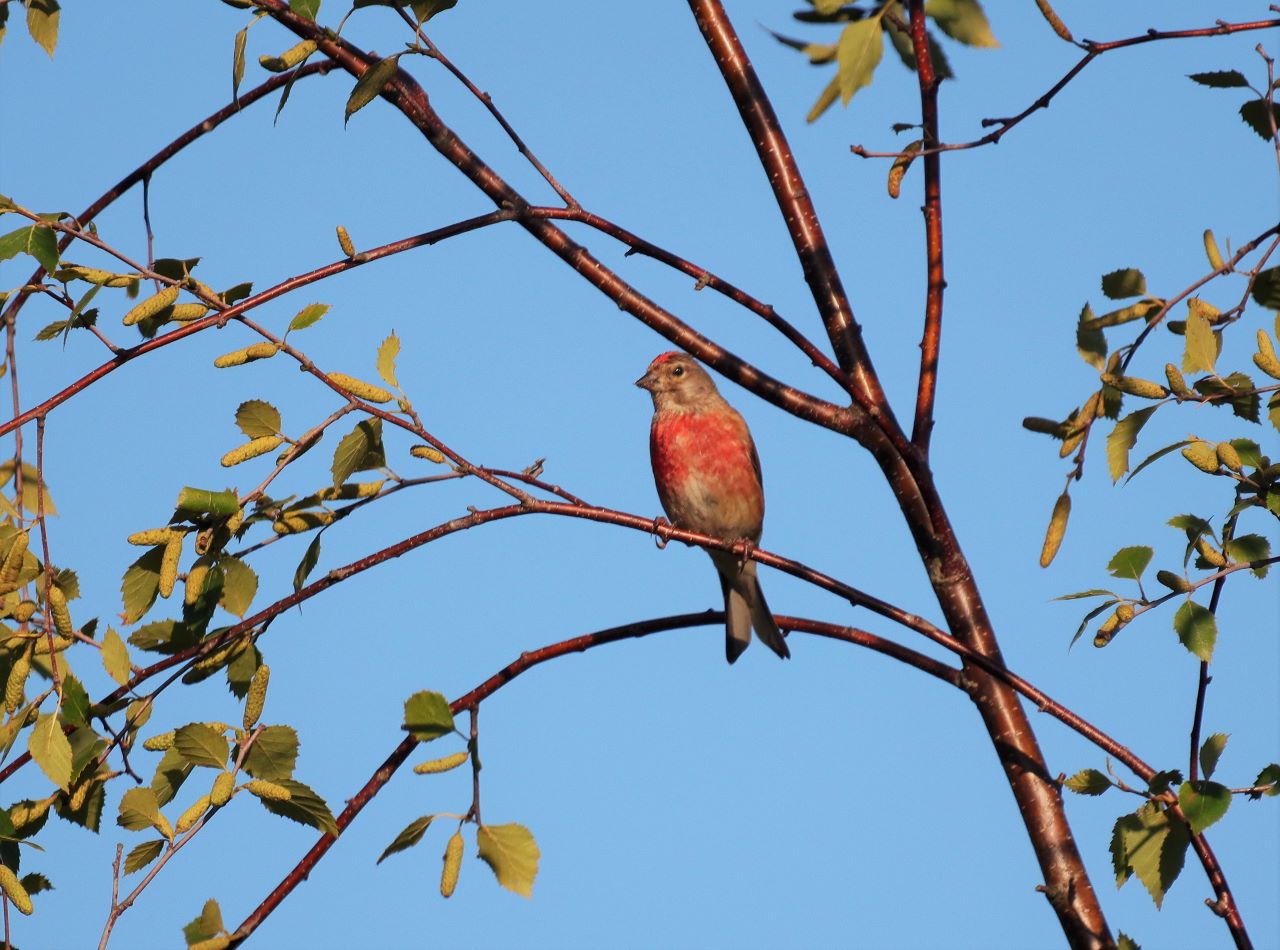

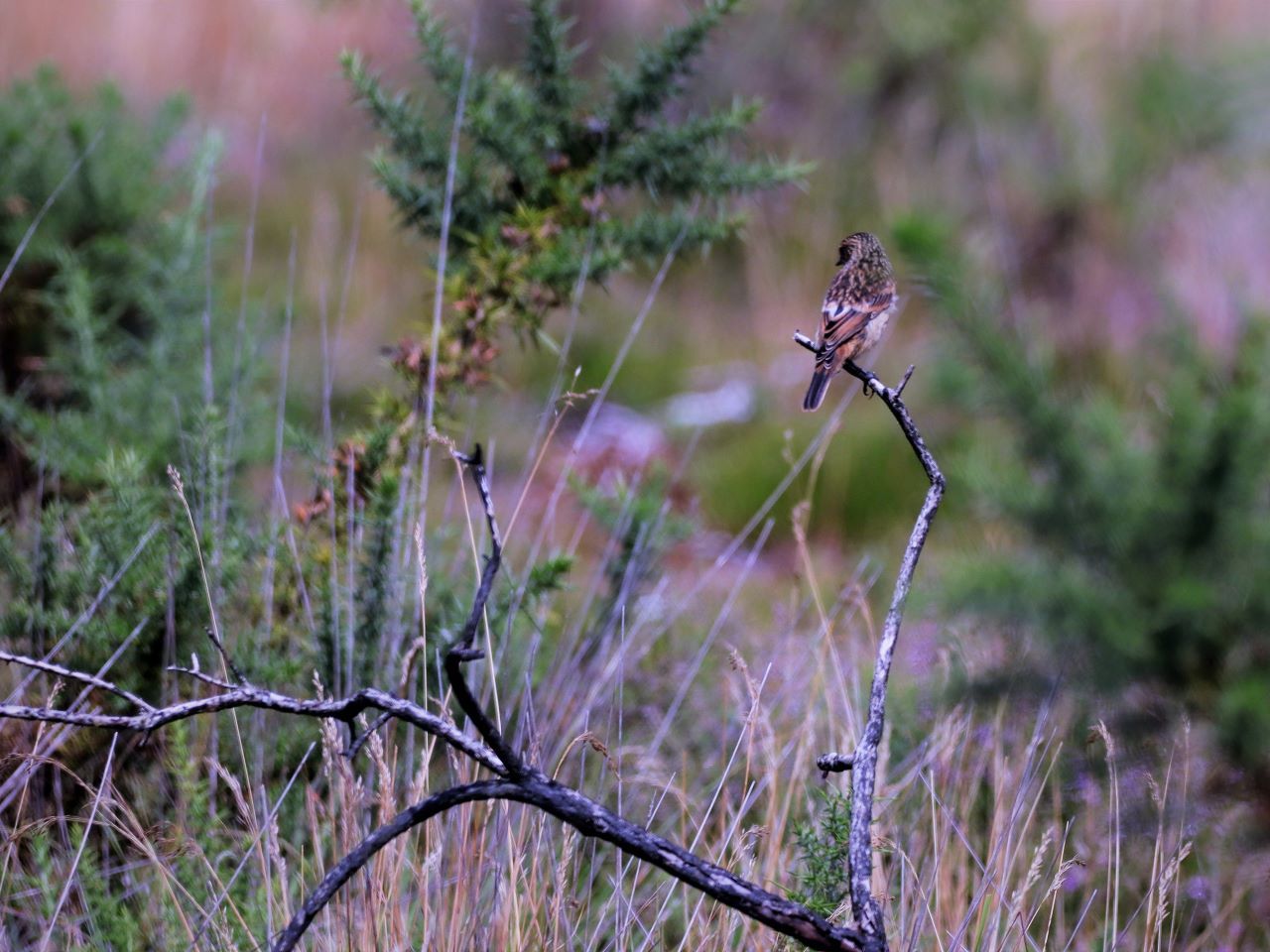

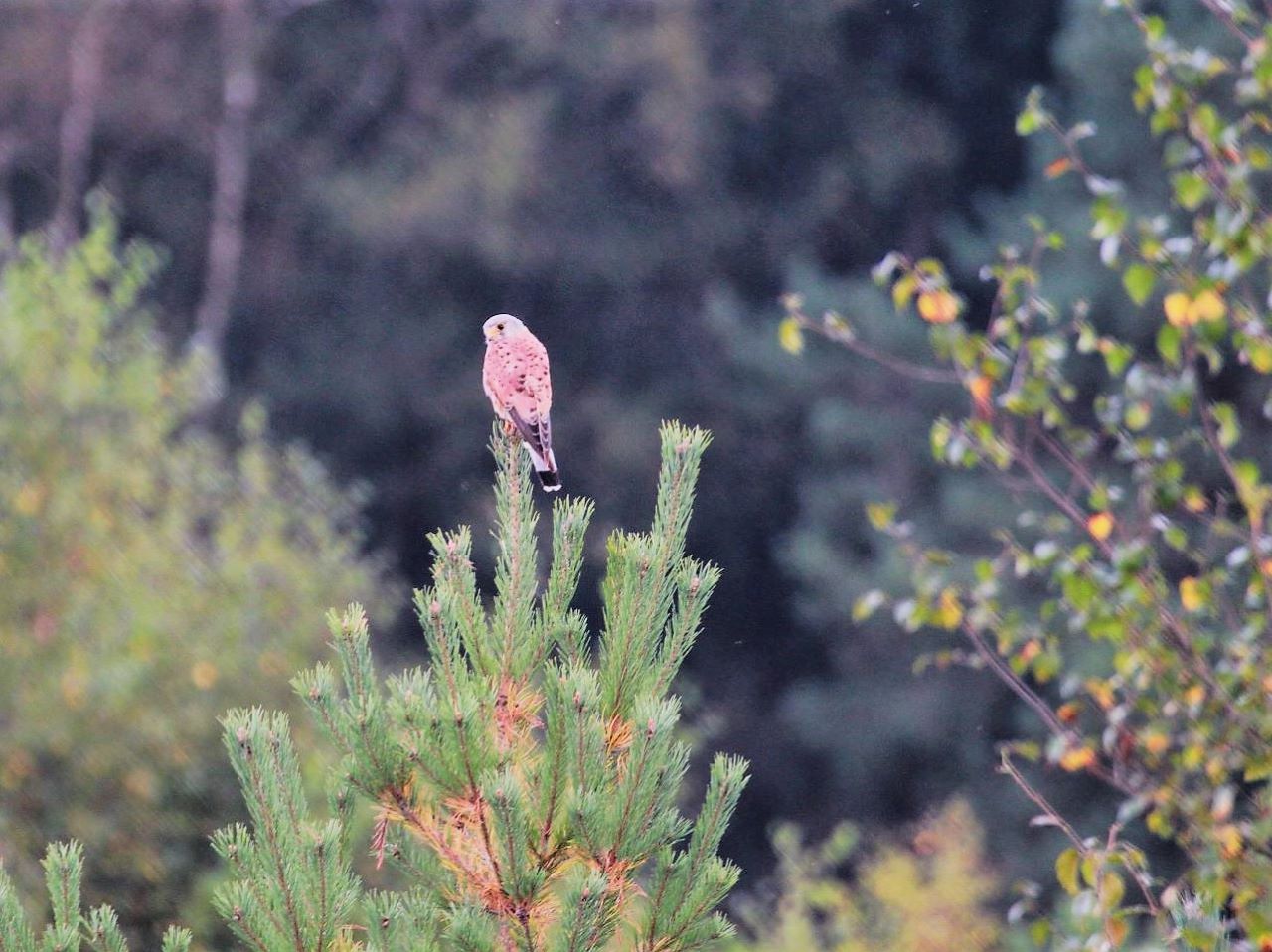
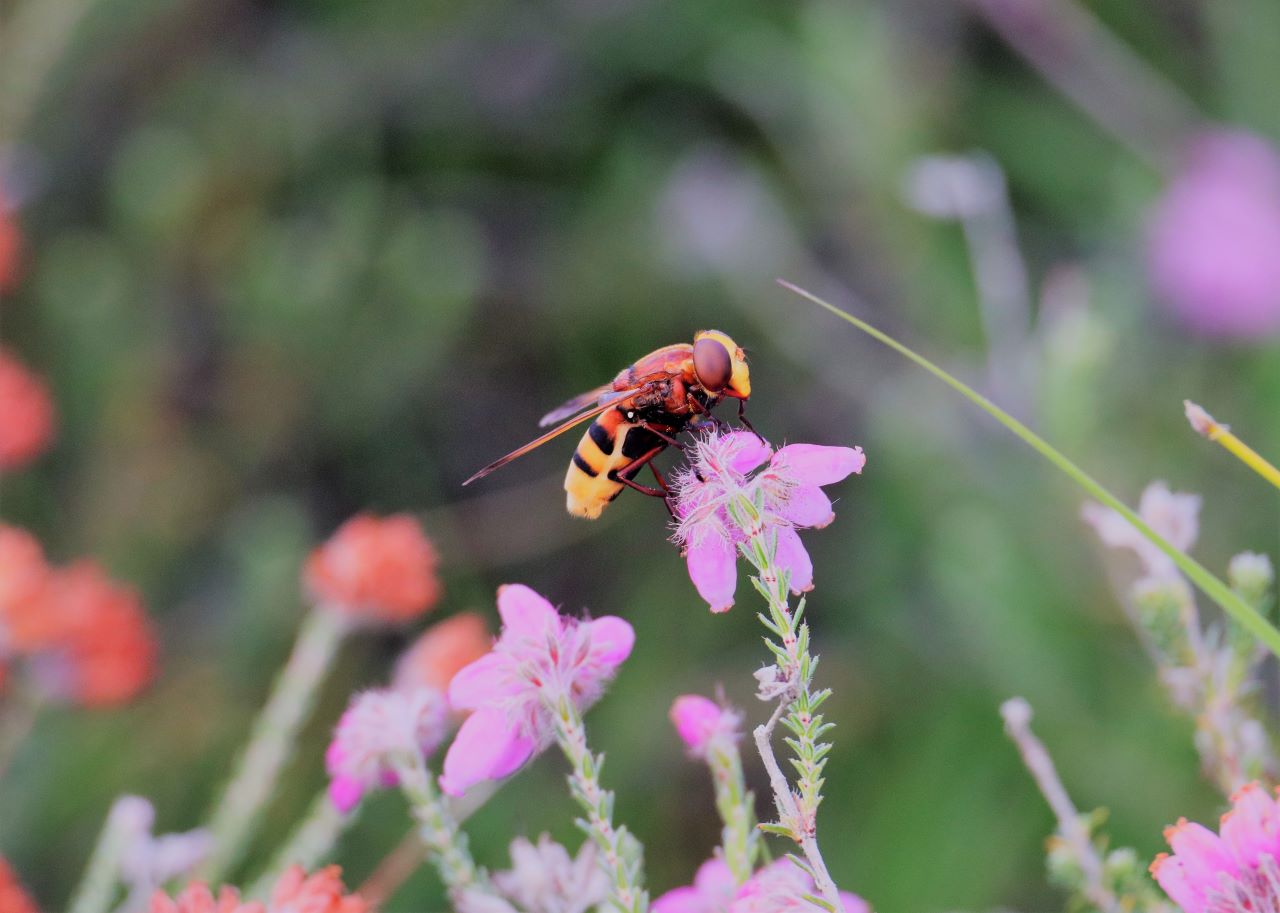
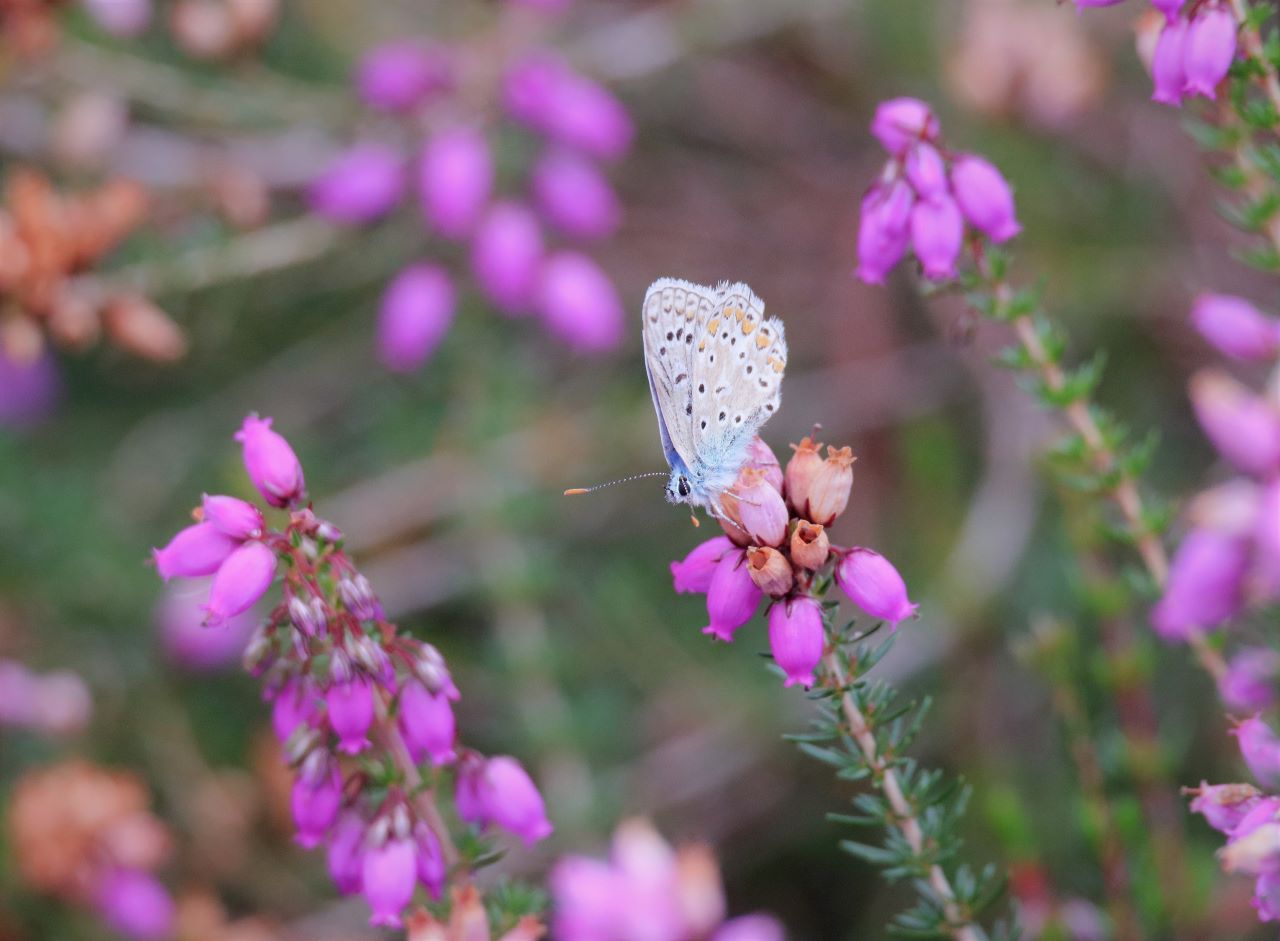
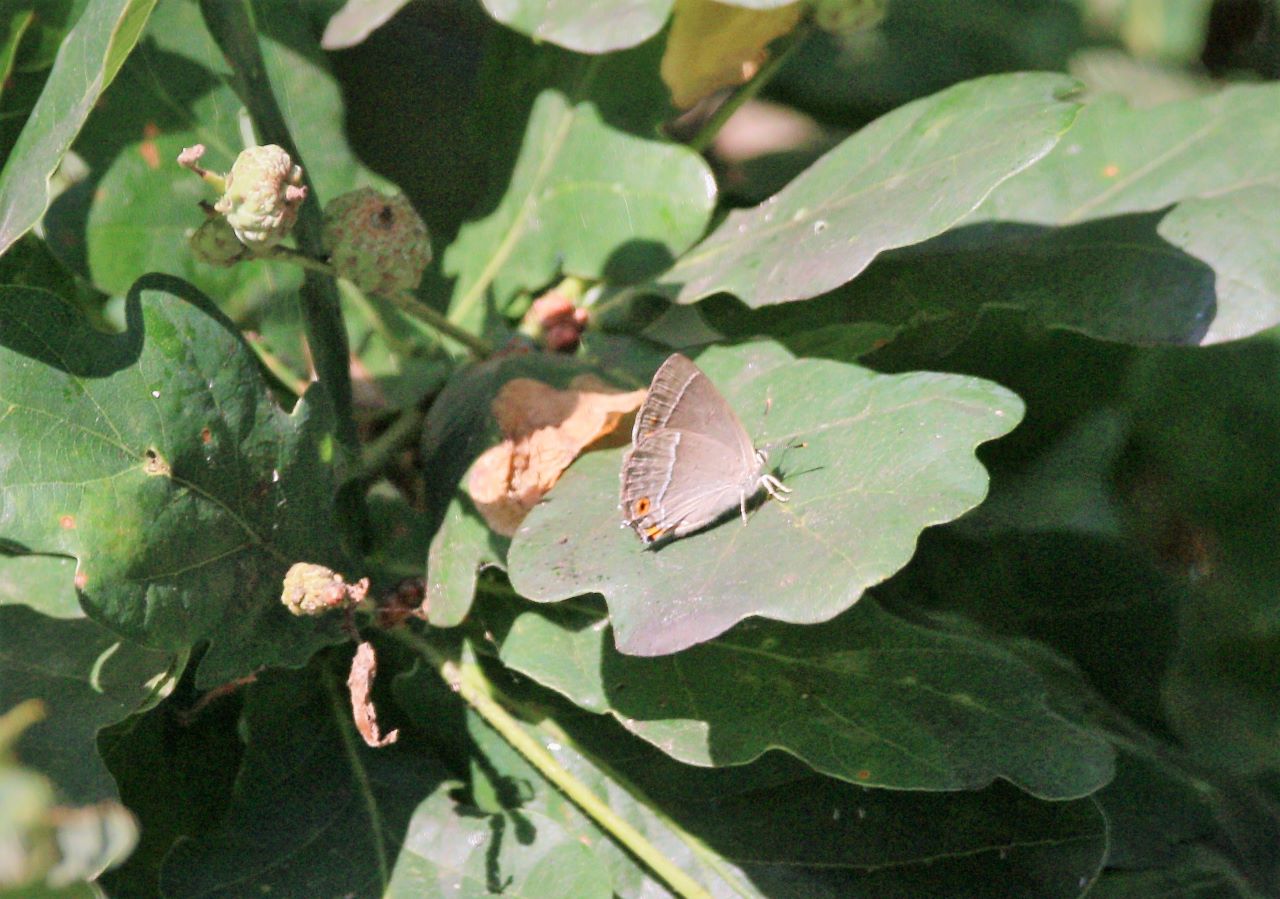

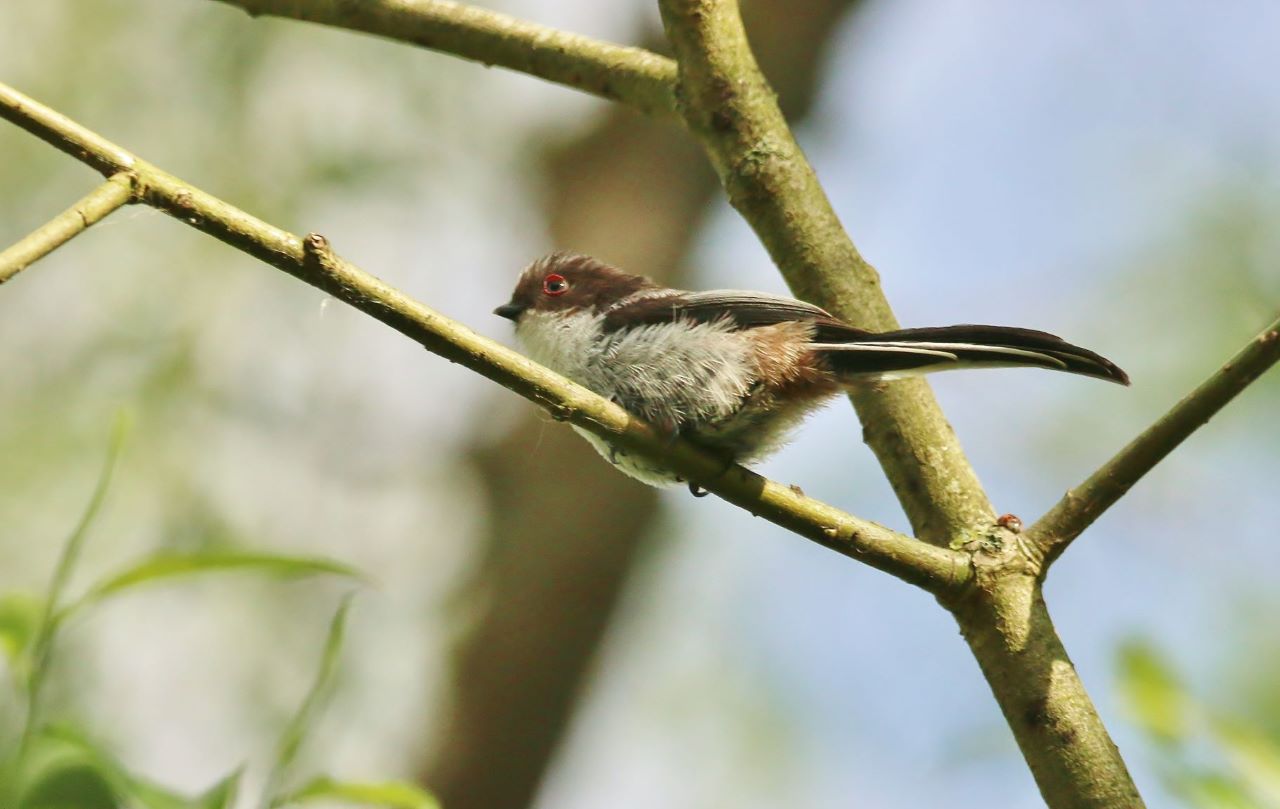
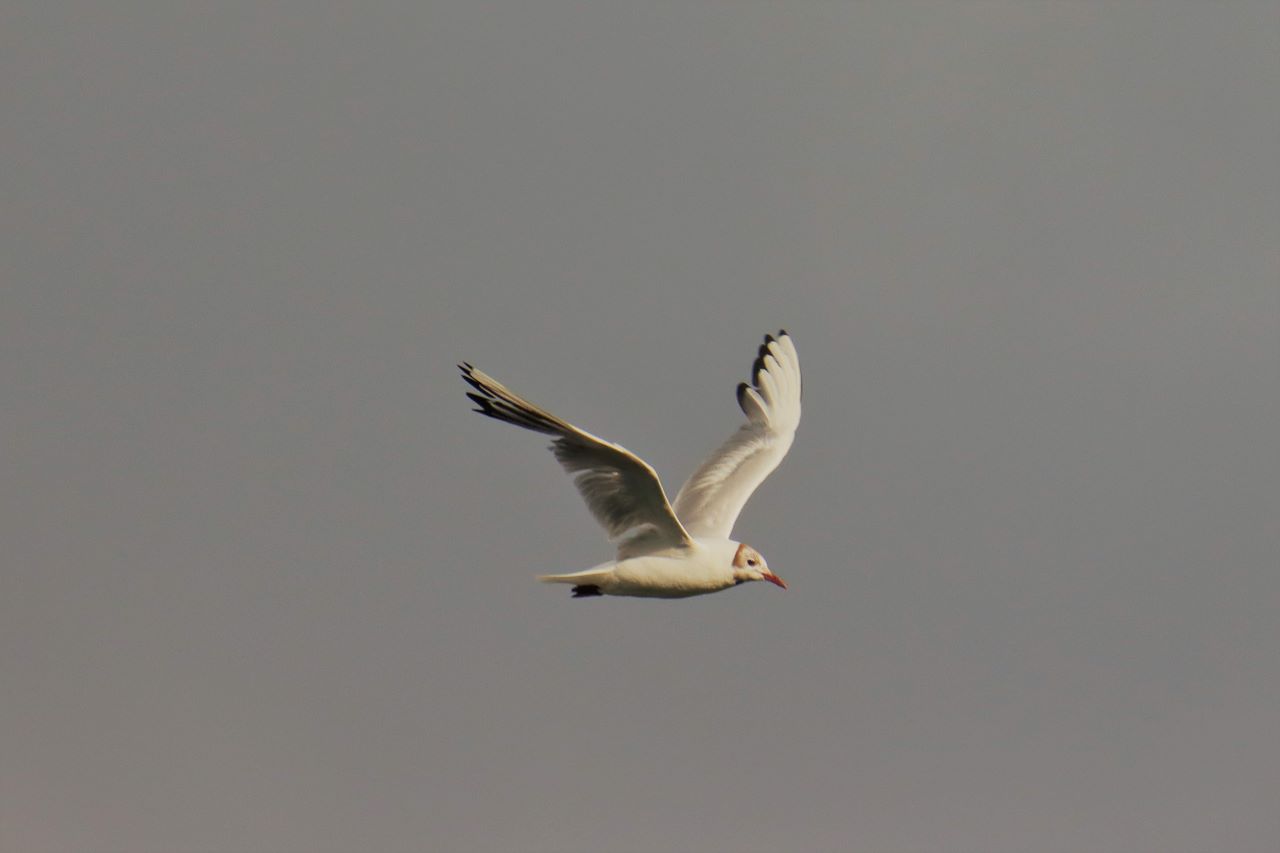
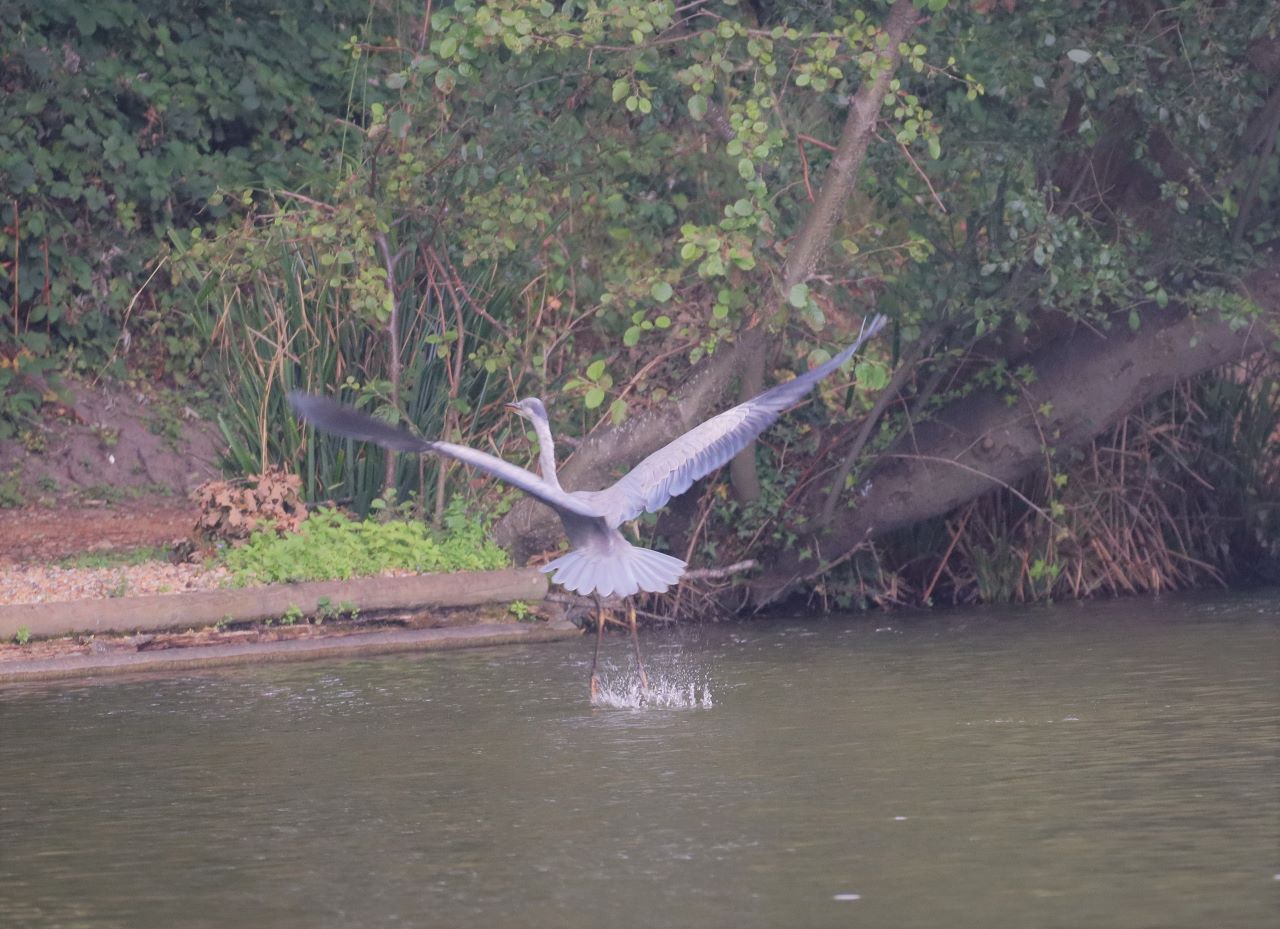

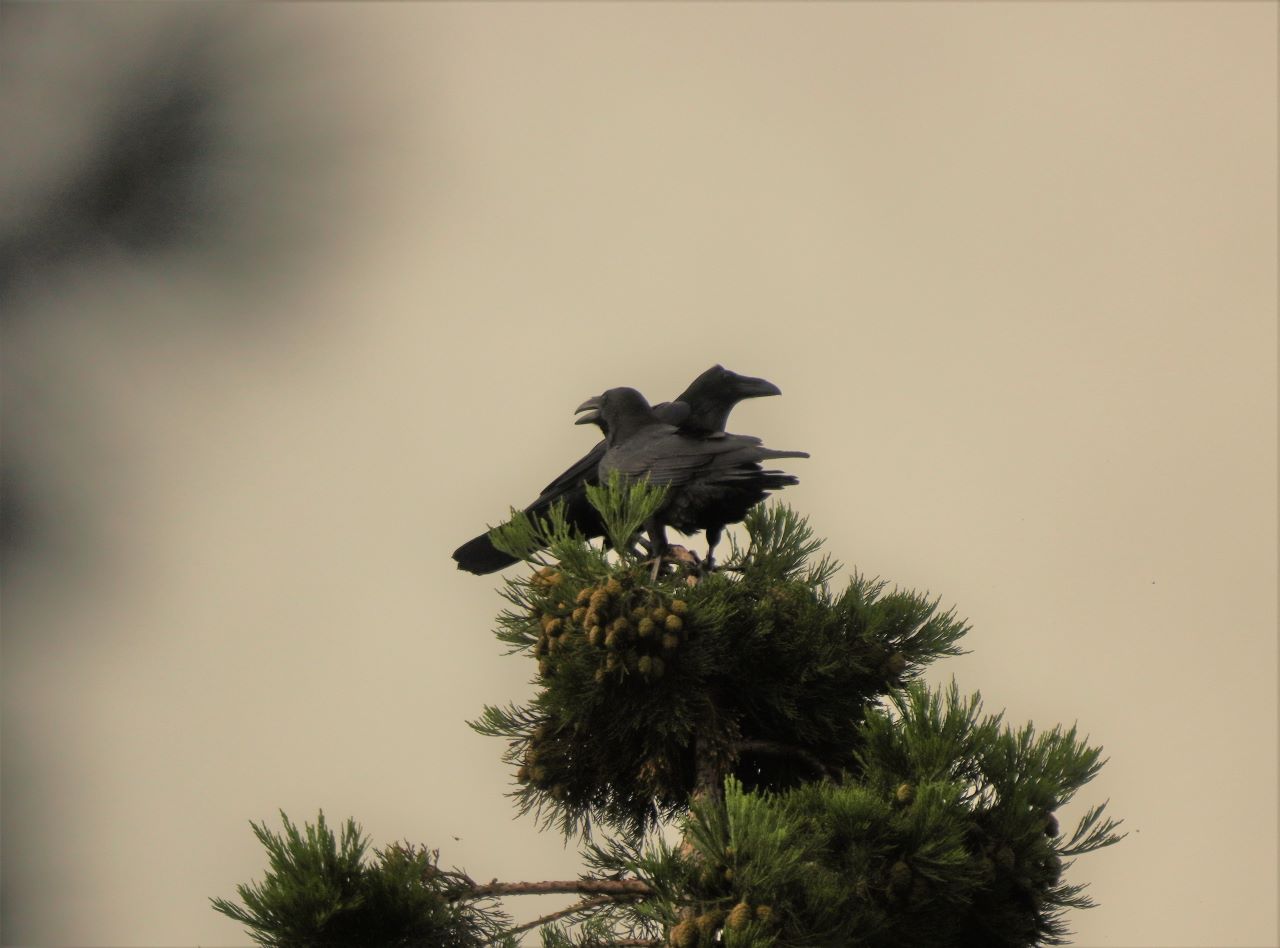
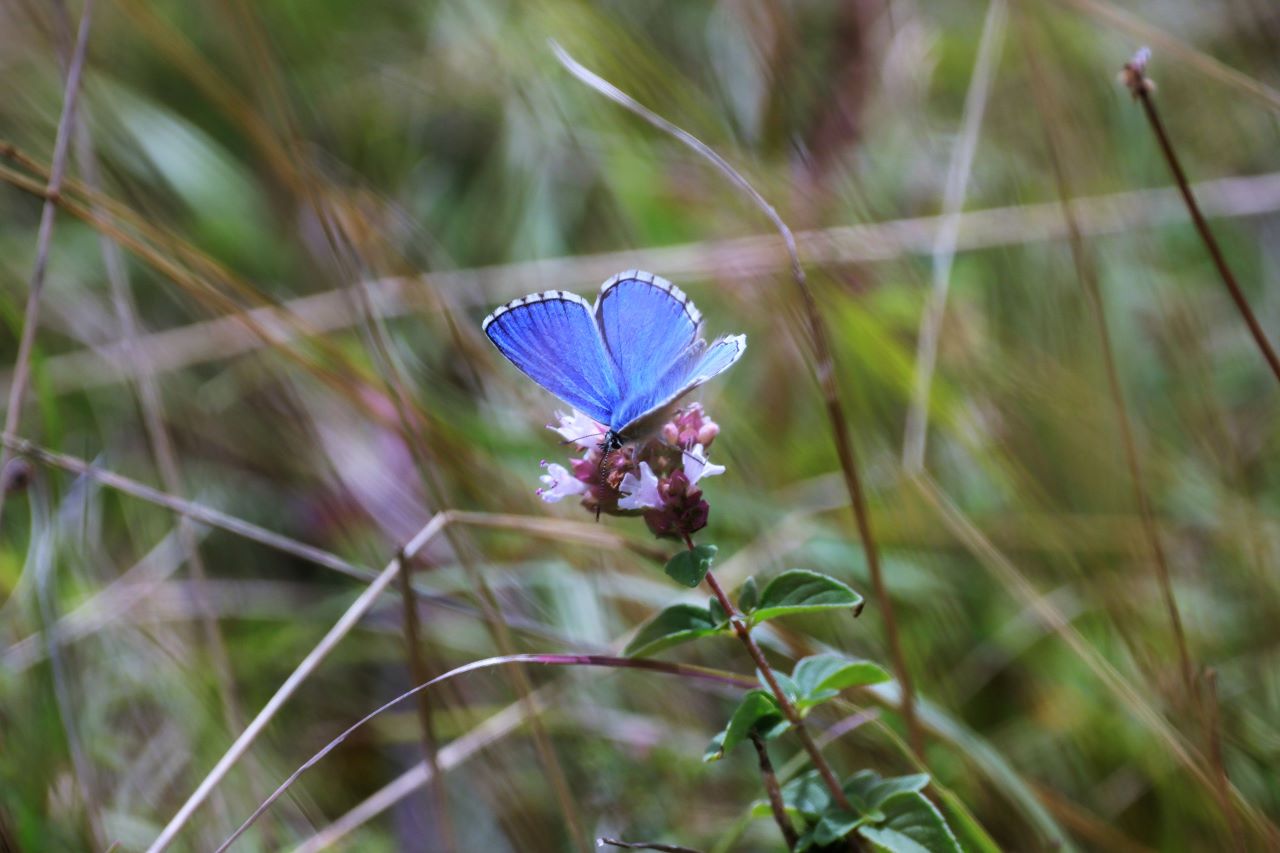

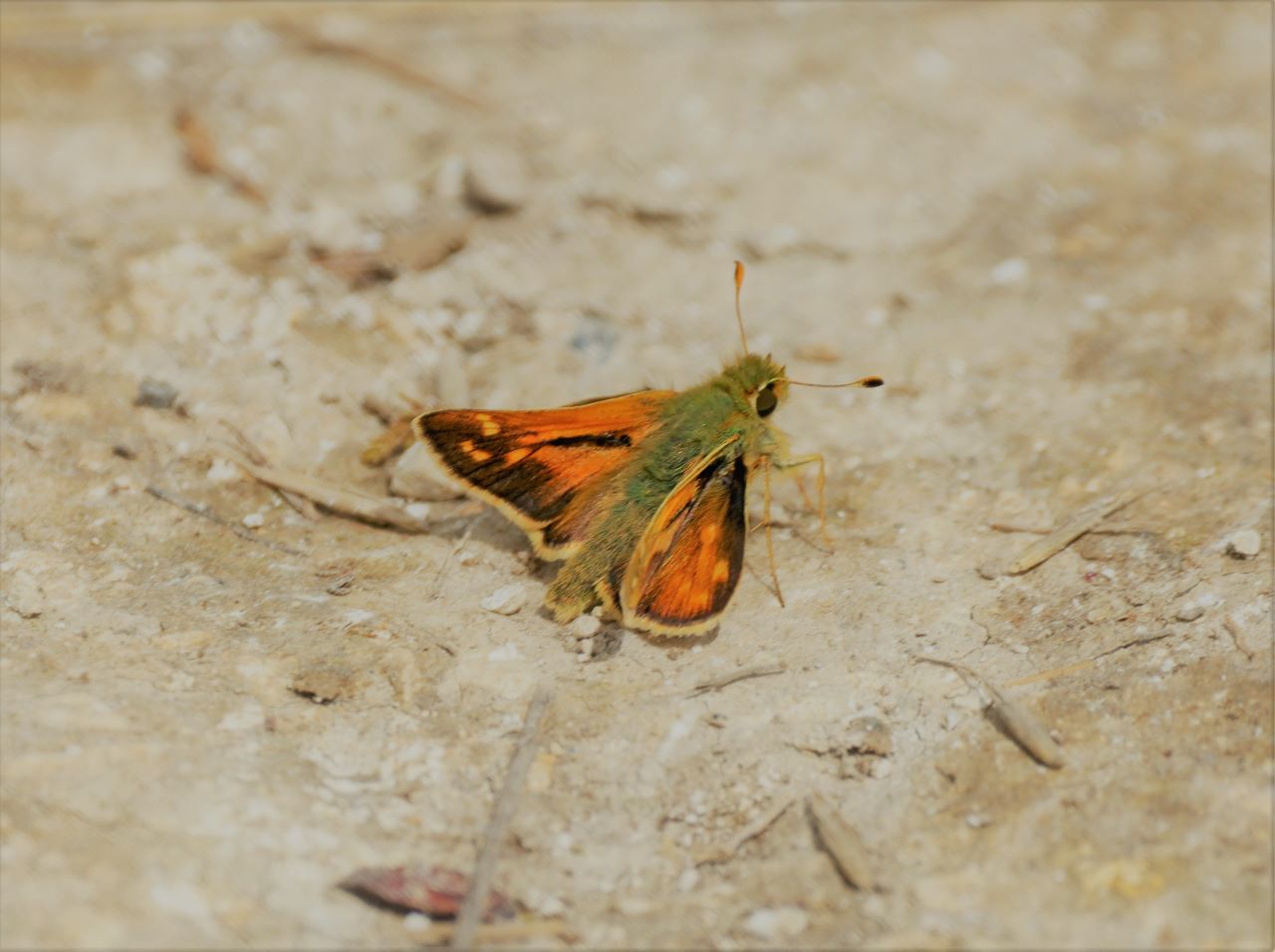
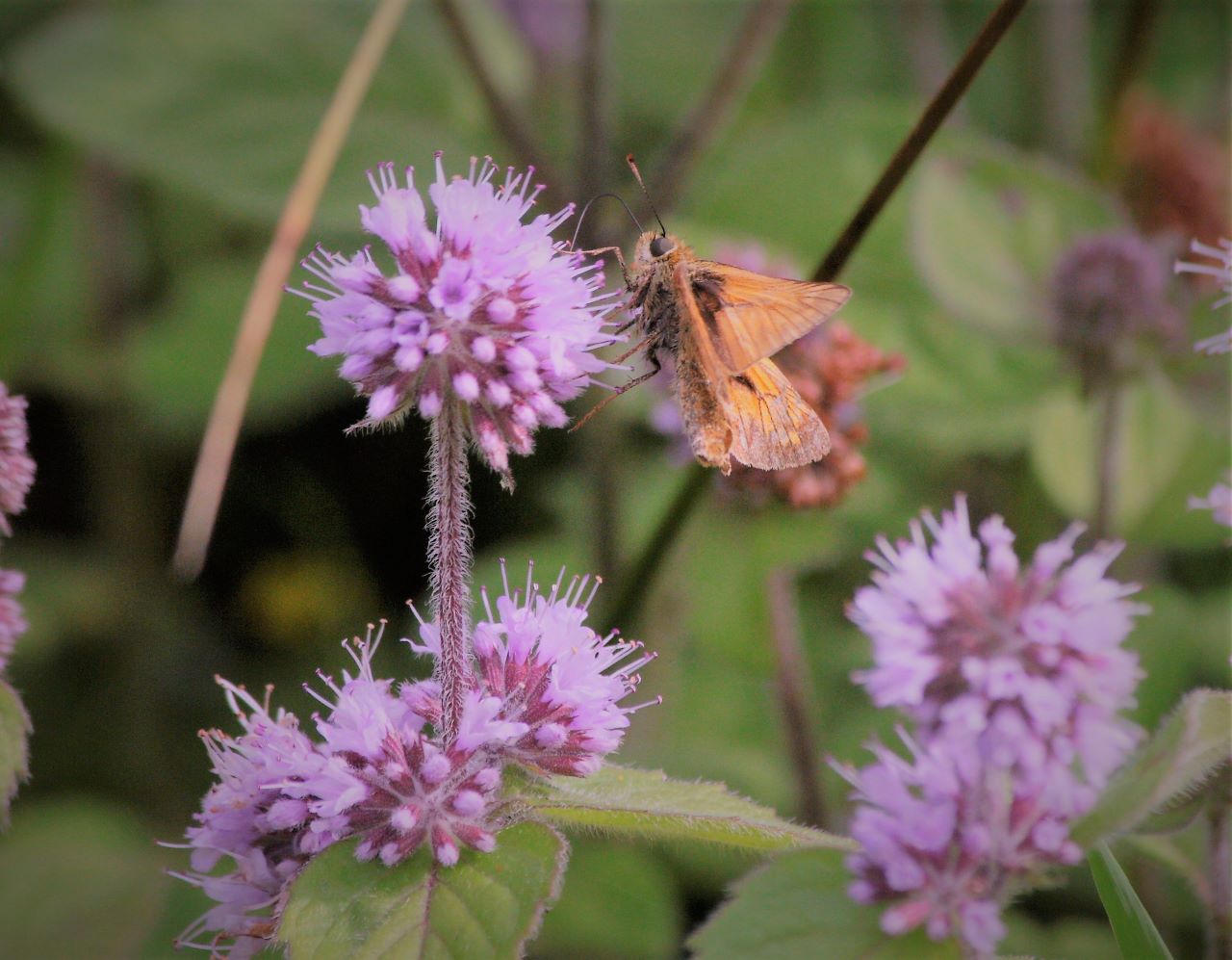
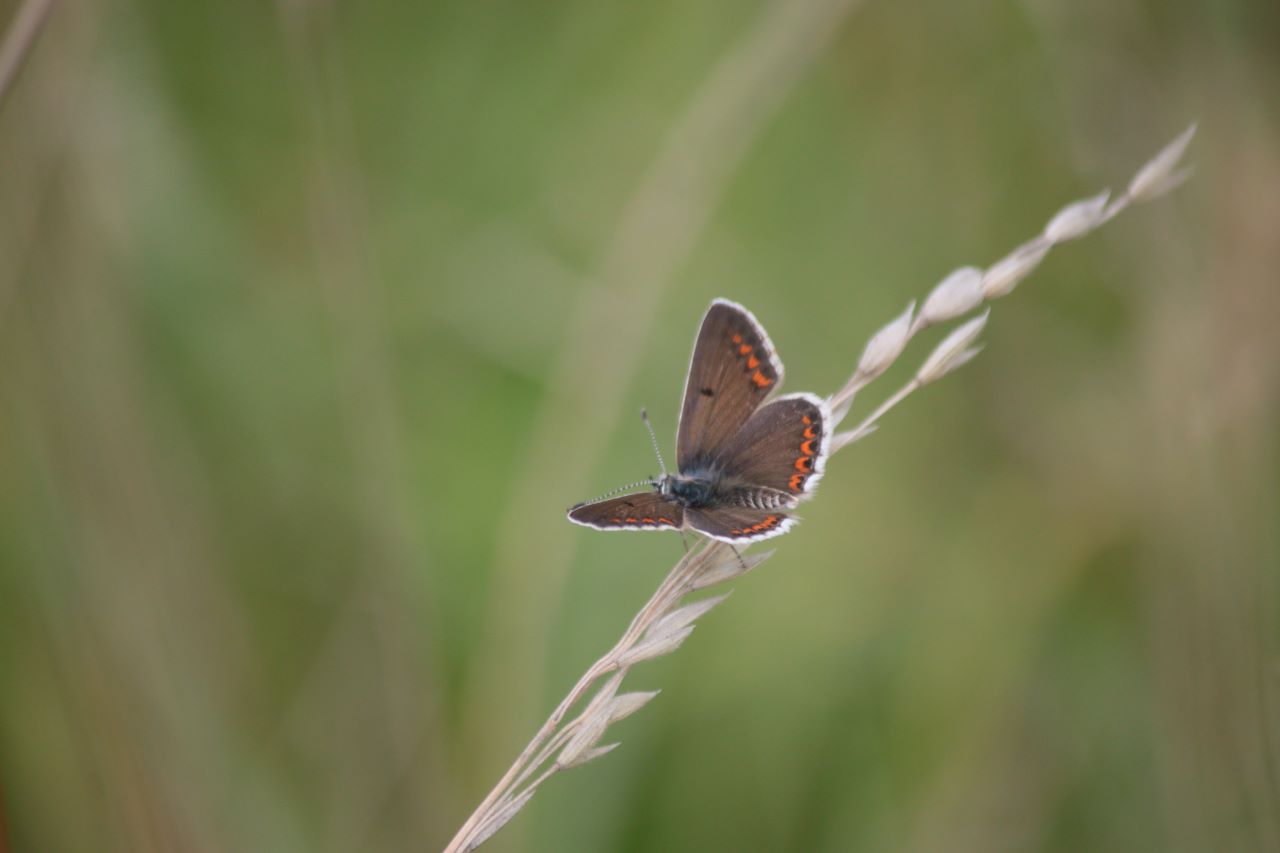
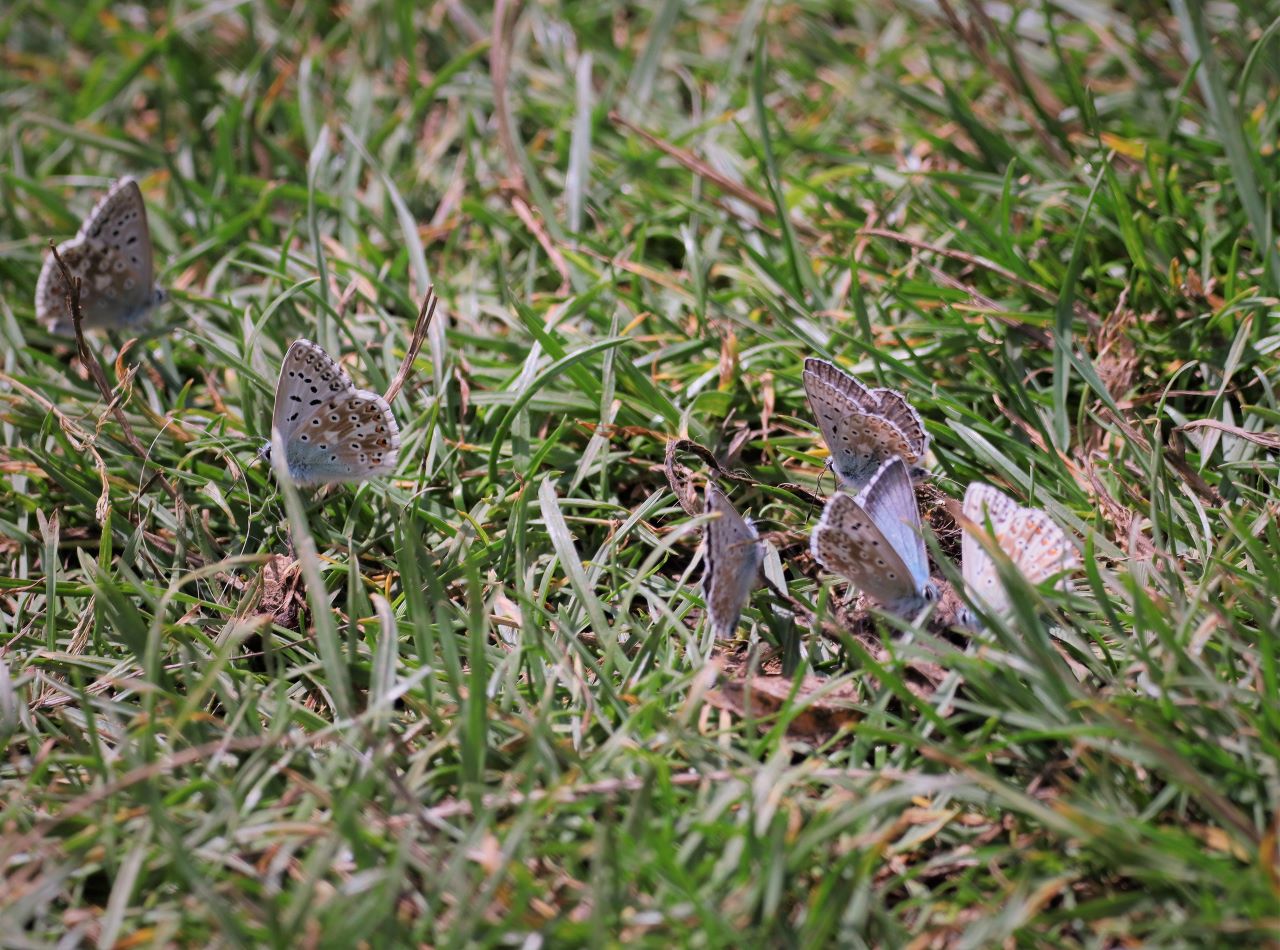

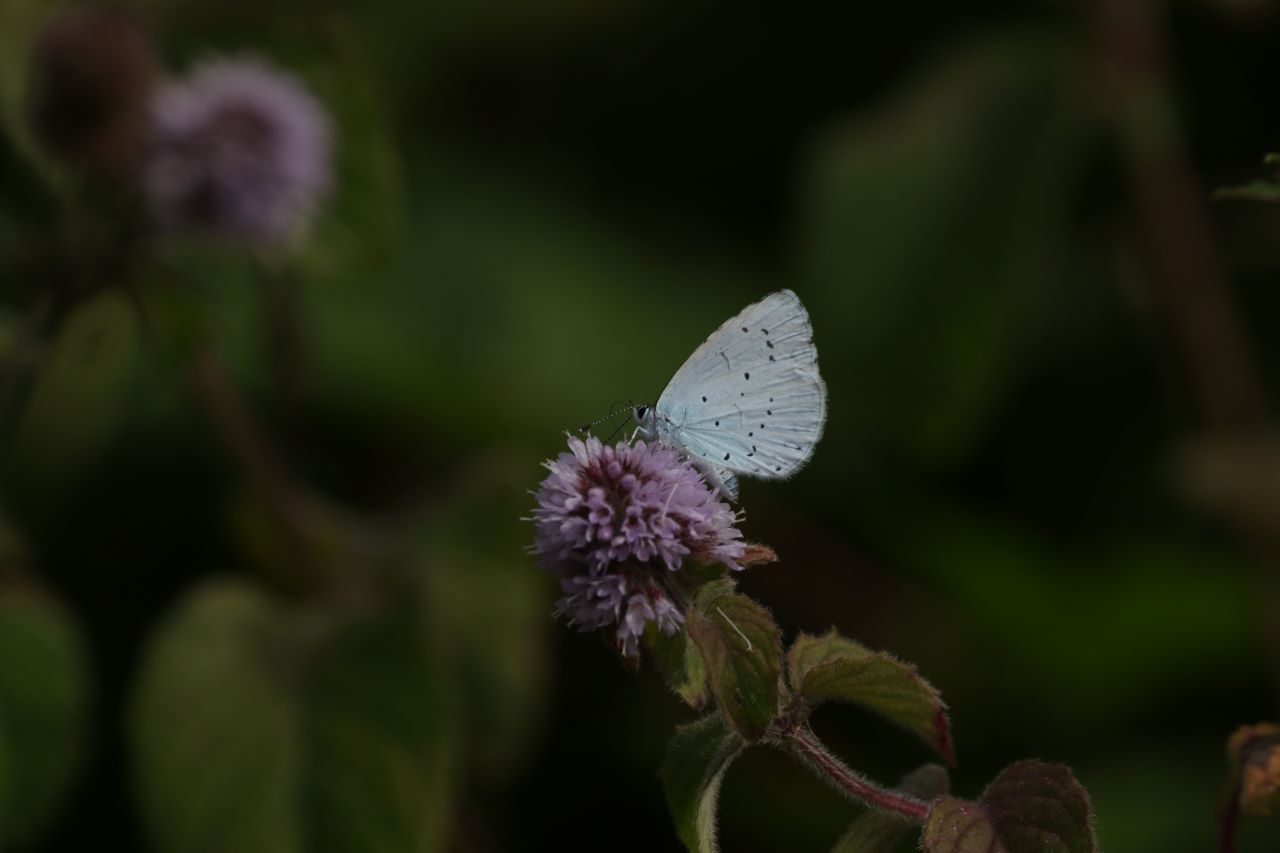
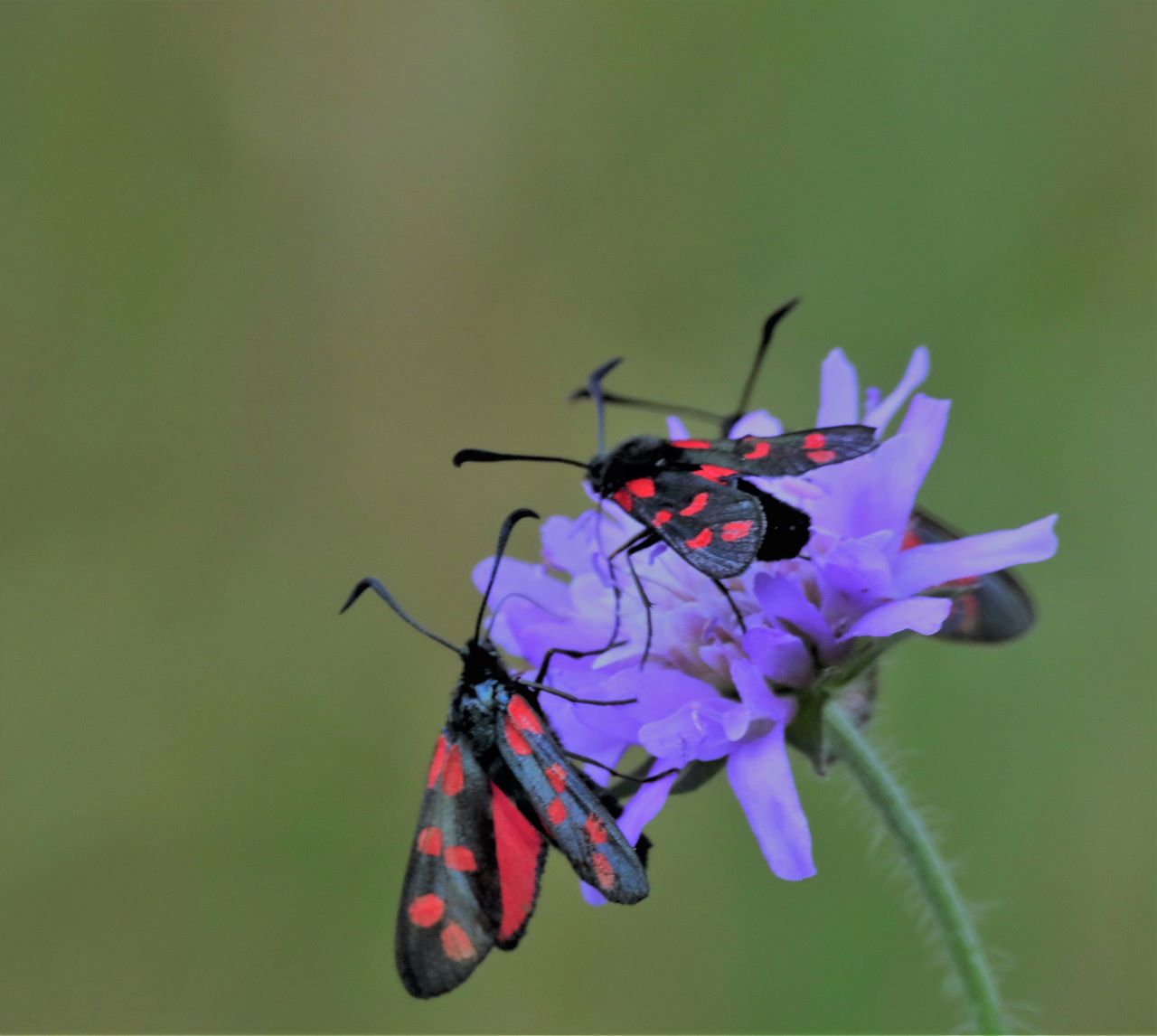
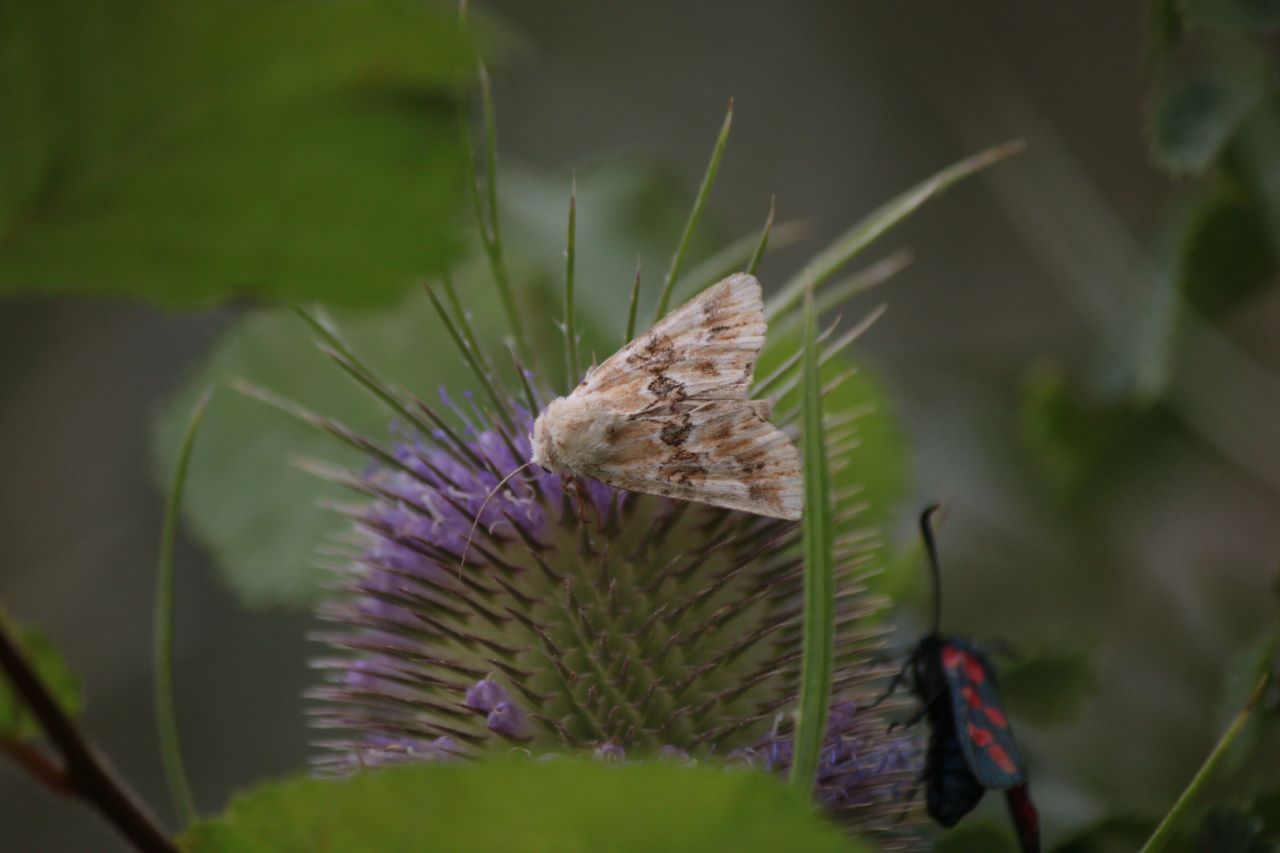
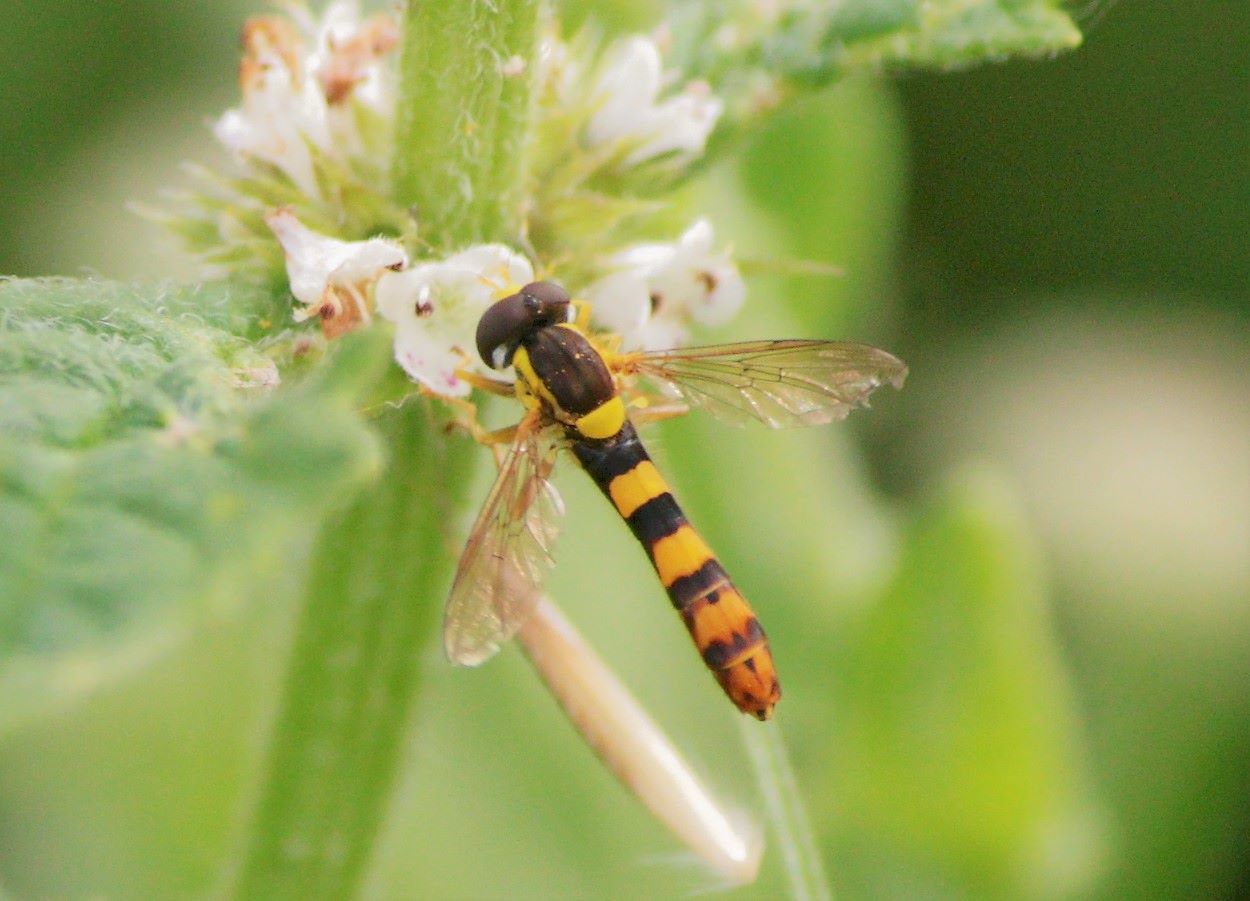
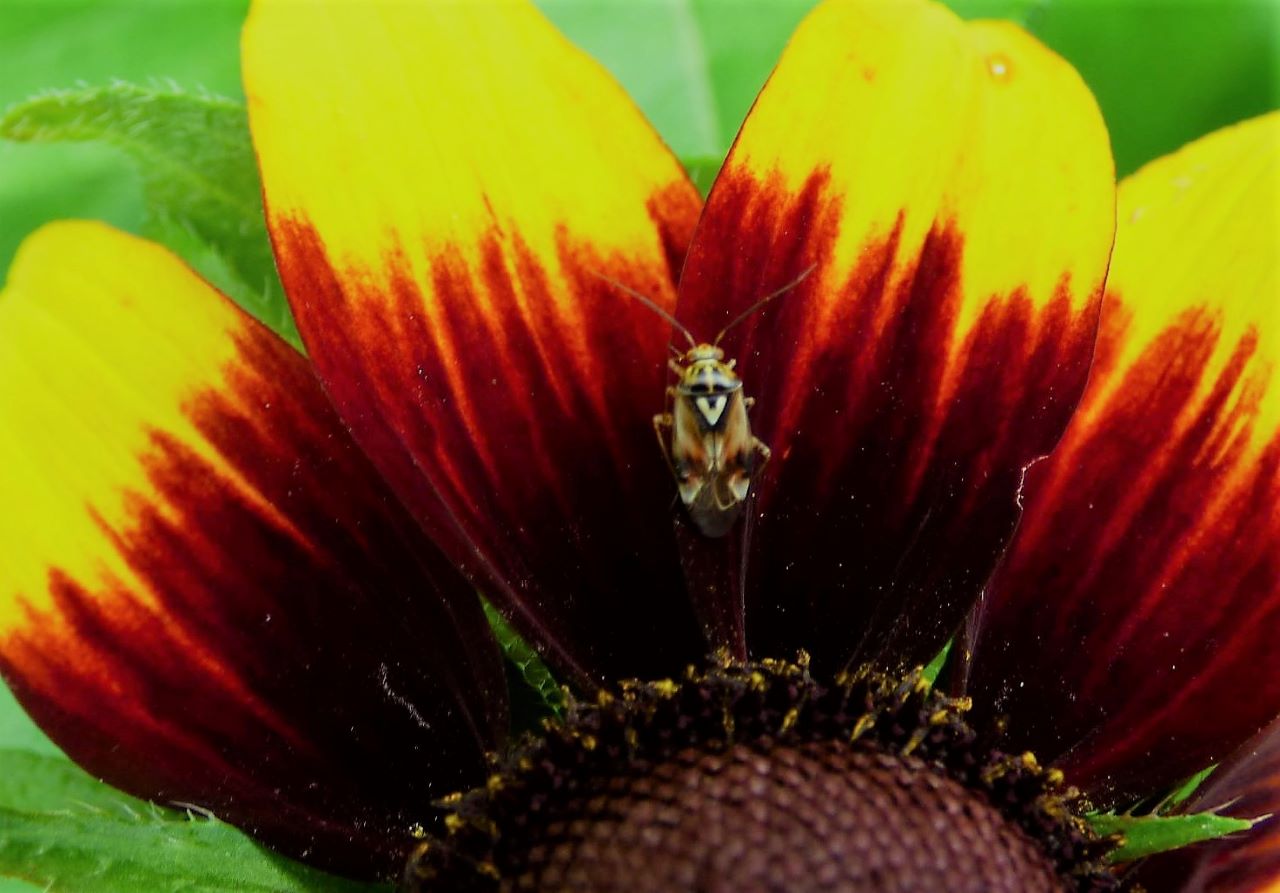
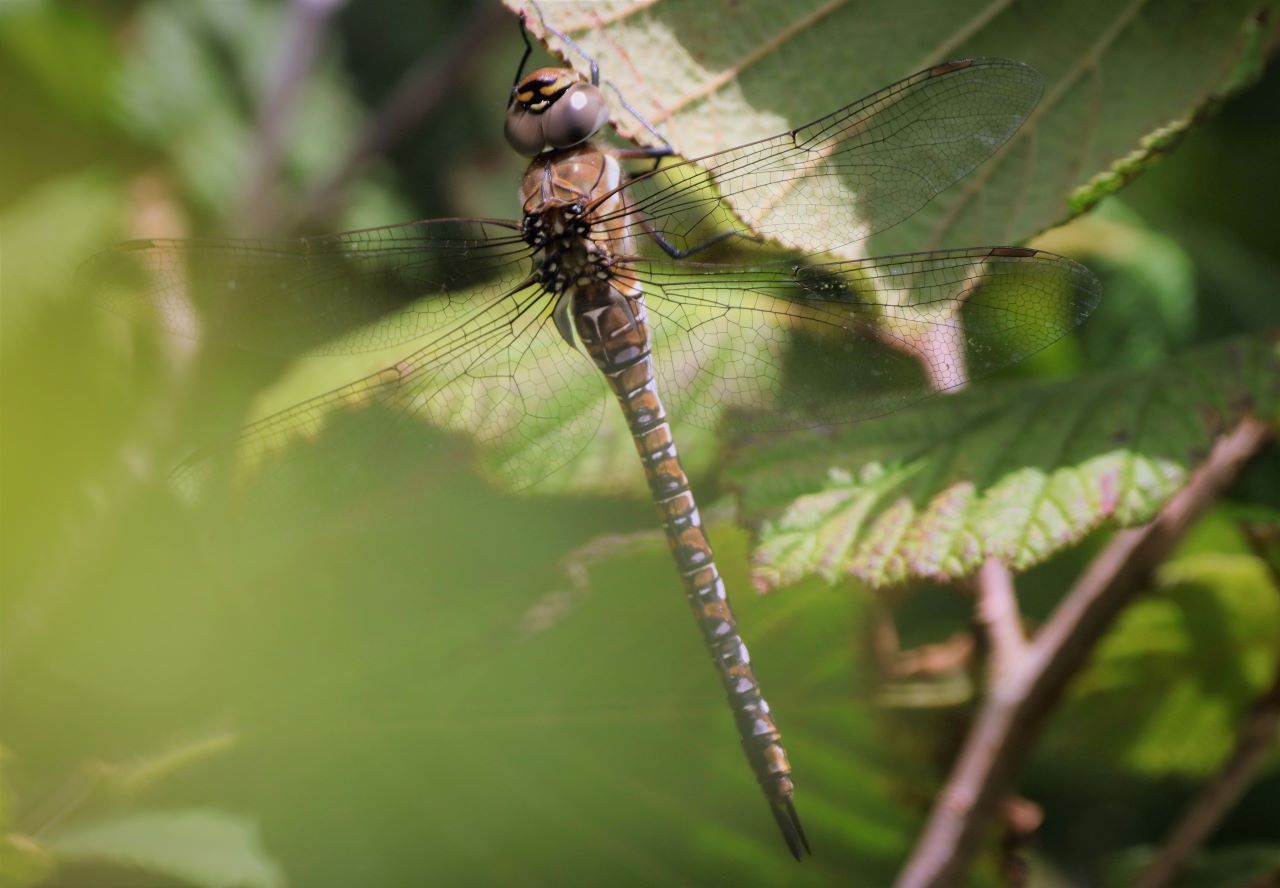
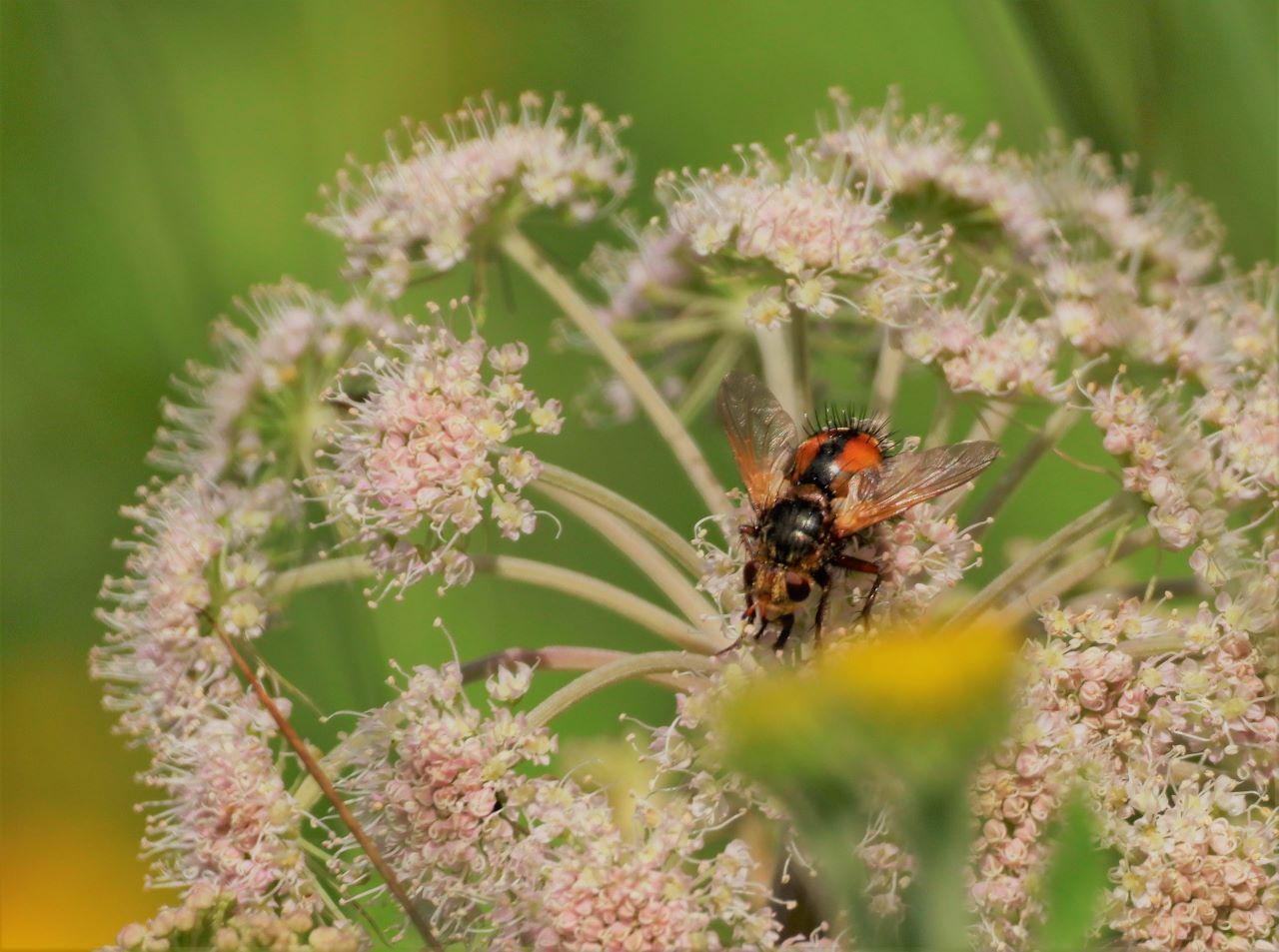






Susan Smith
August 15, 2023 at 6:15 pm
Lovely action photos. Well done to Malcolm Fincham for this enjoyable column.
Jan Messinger
August 15, 2023 at 7:24 pm
Just stunning as always. So good to know what wildlife is on our doorstep. We are lucky.